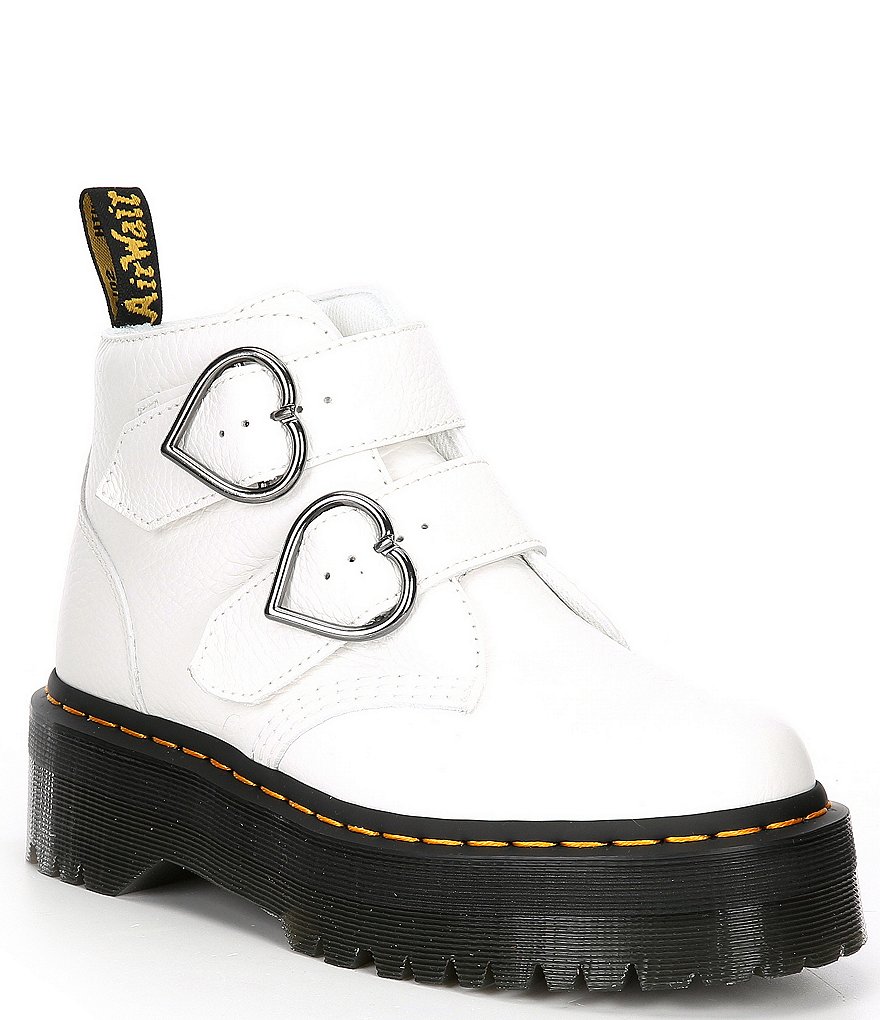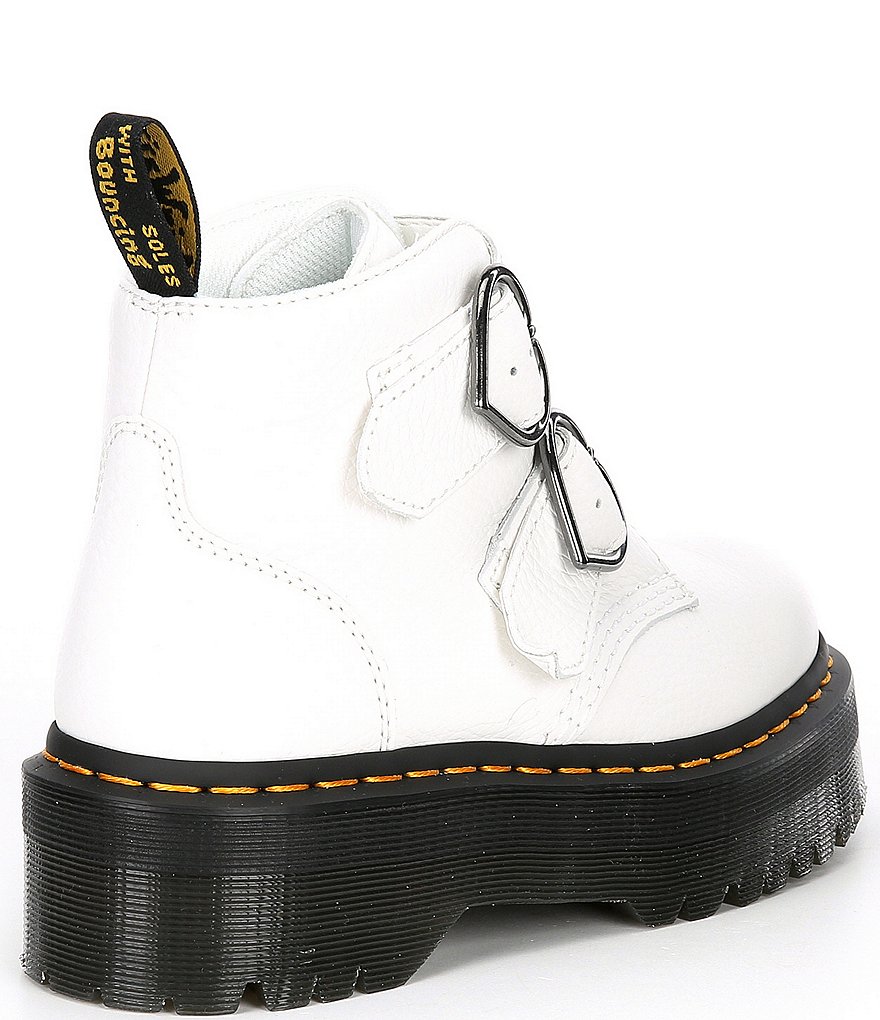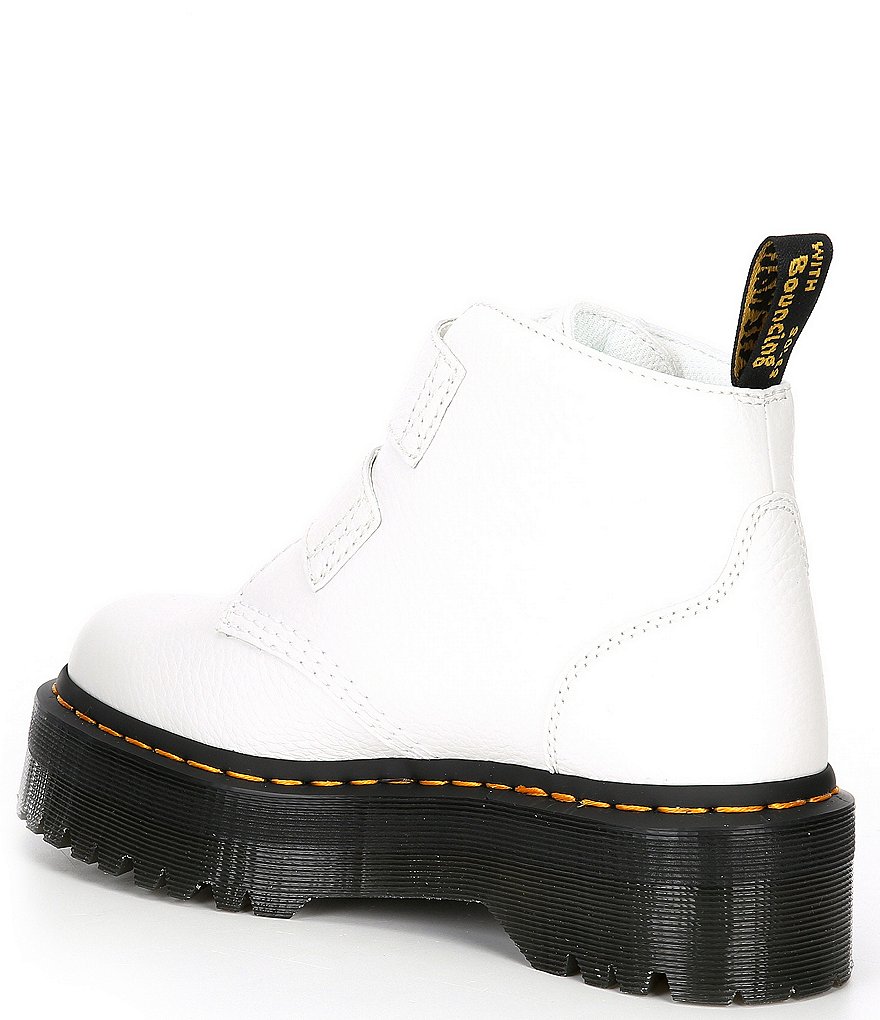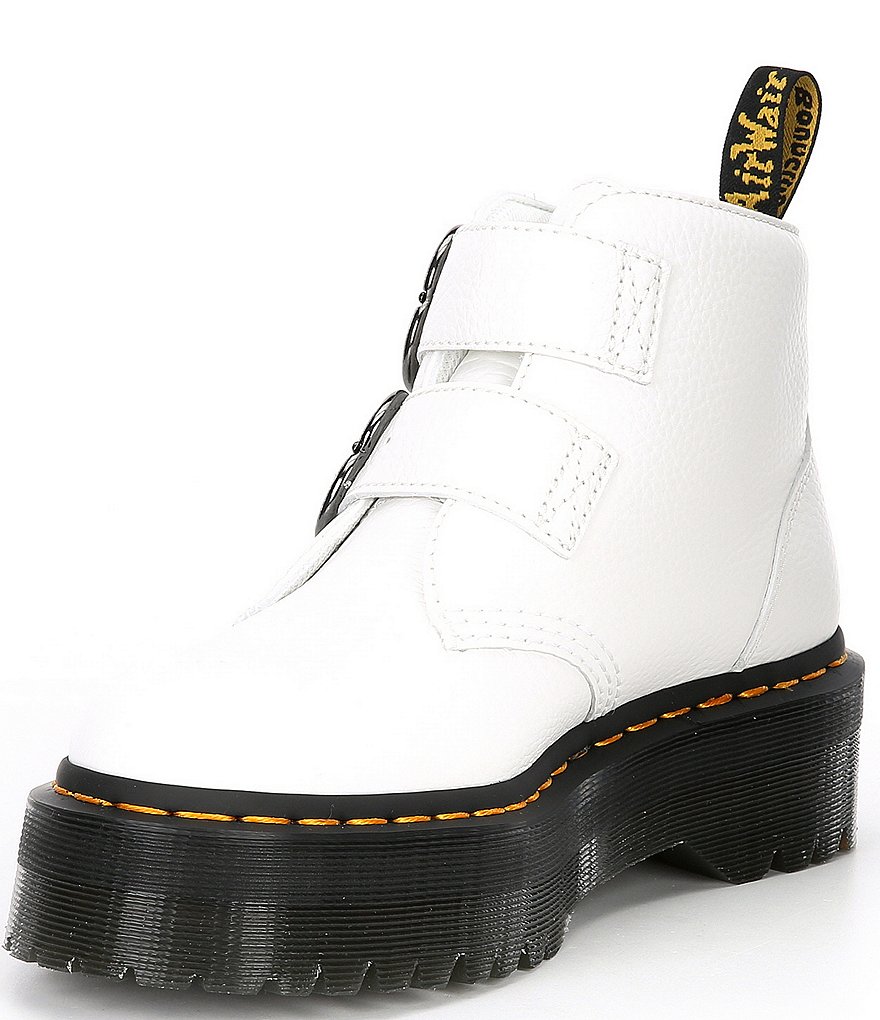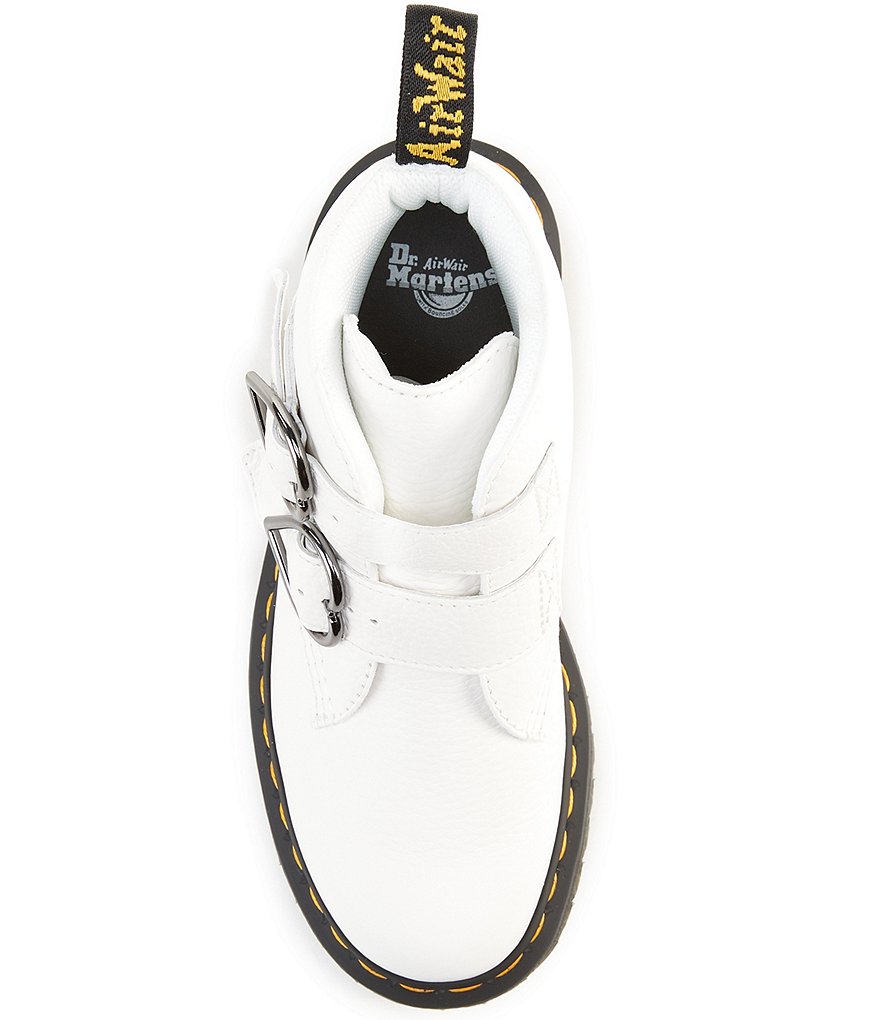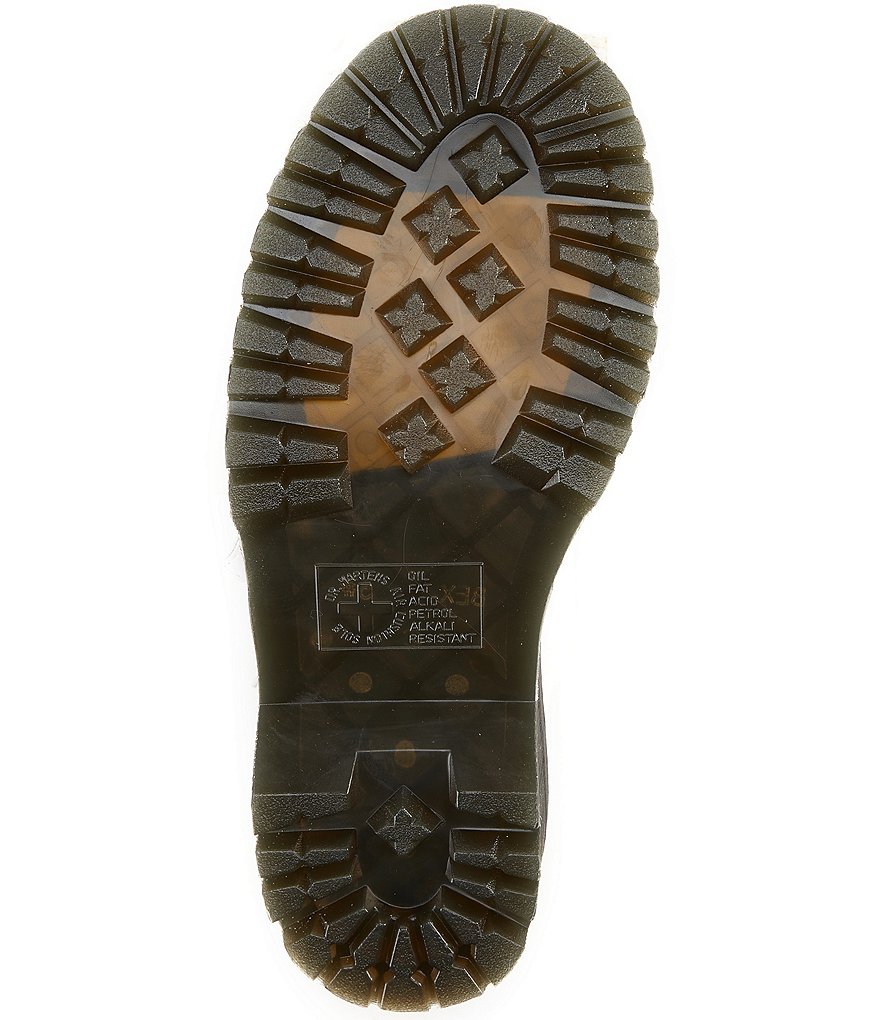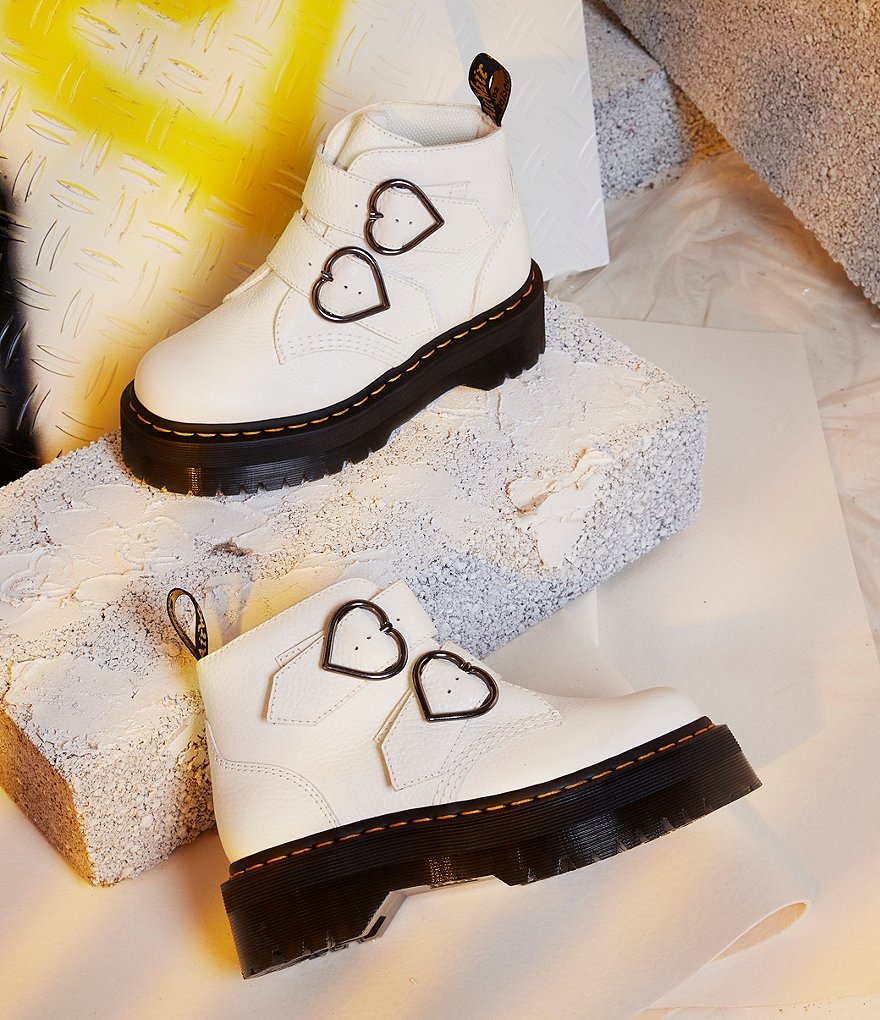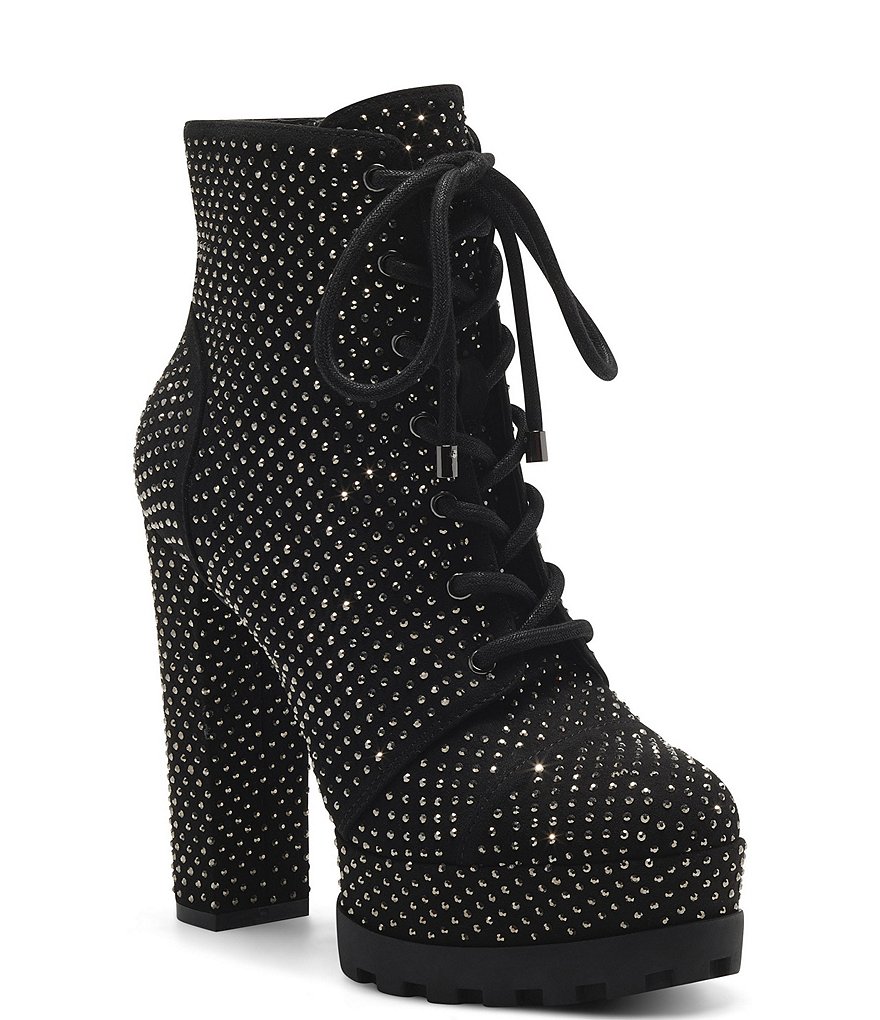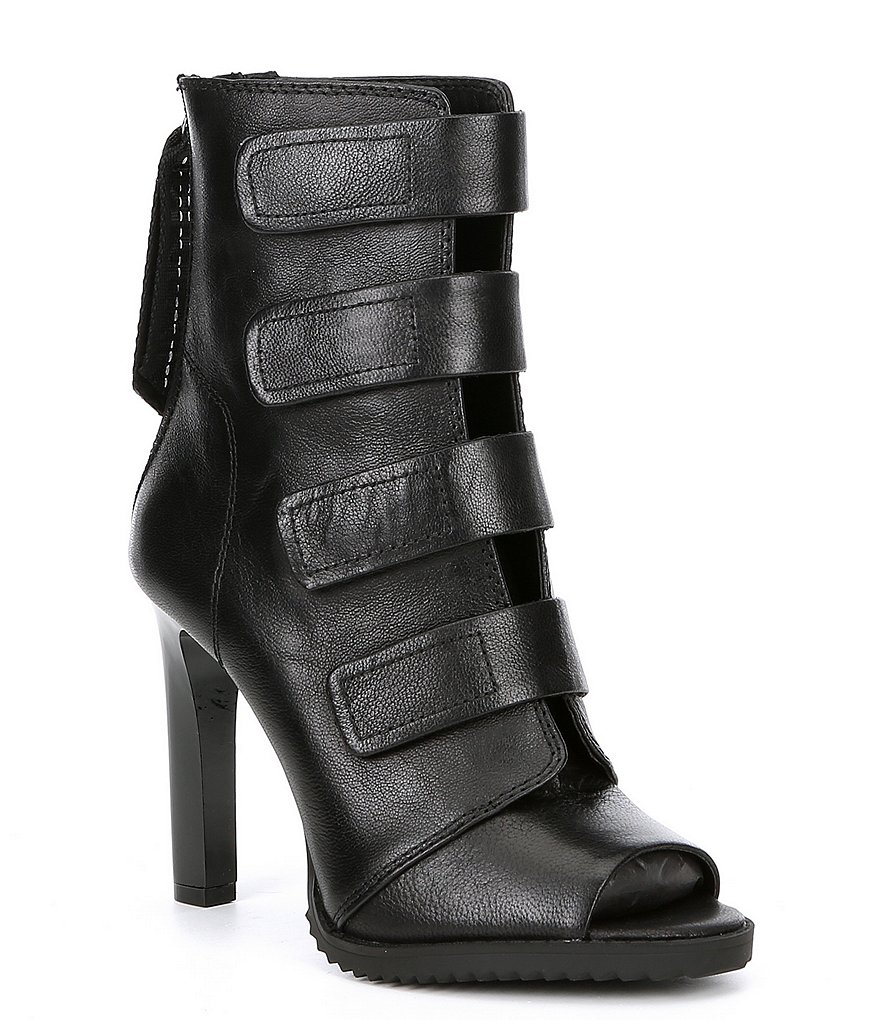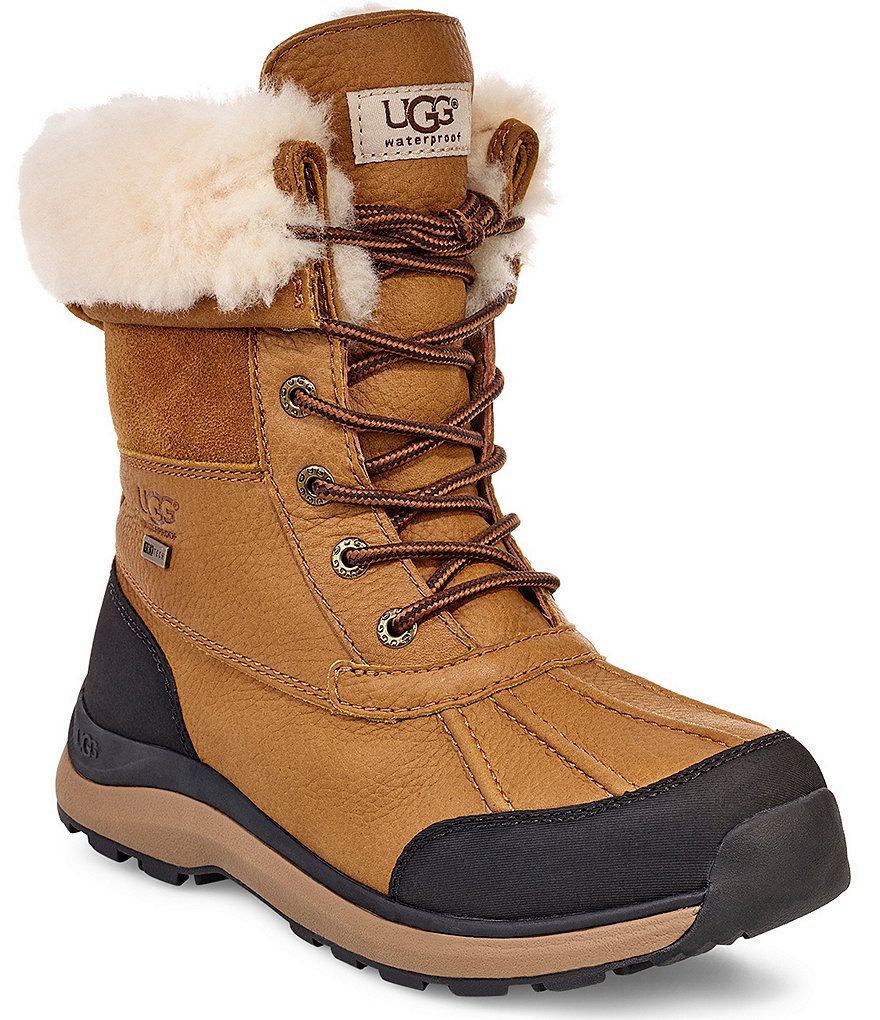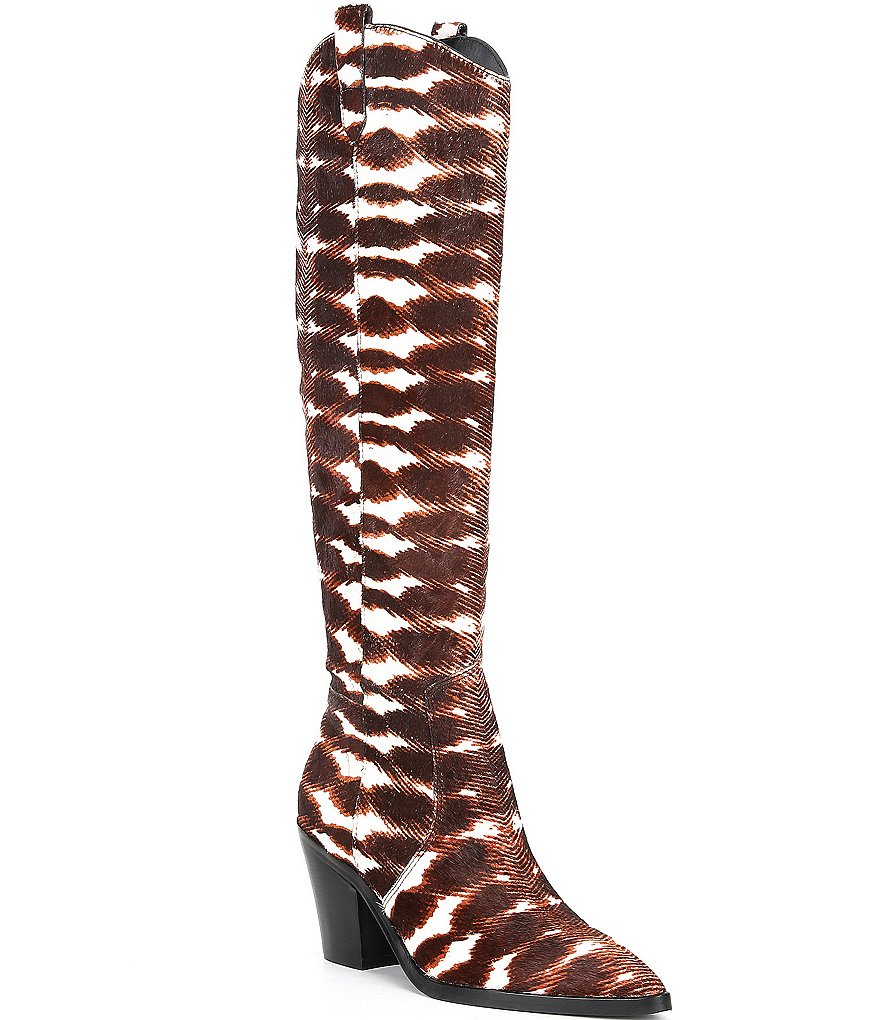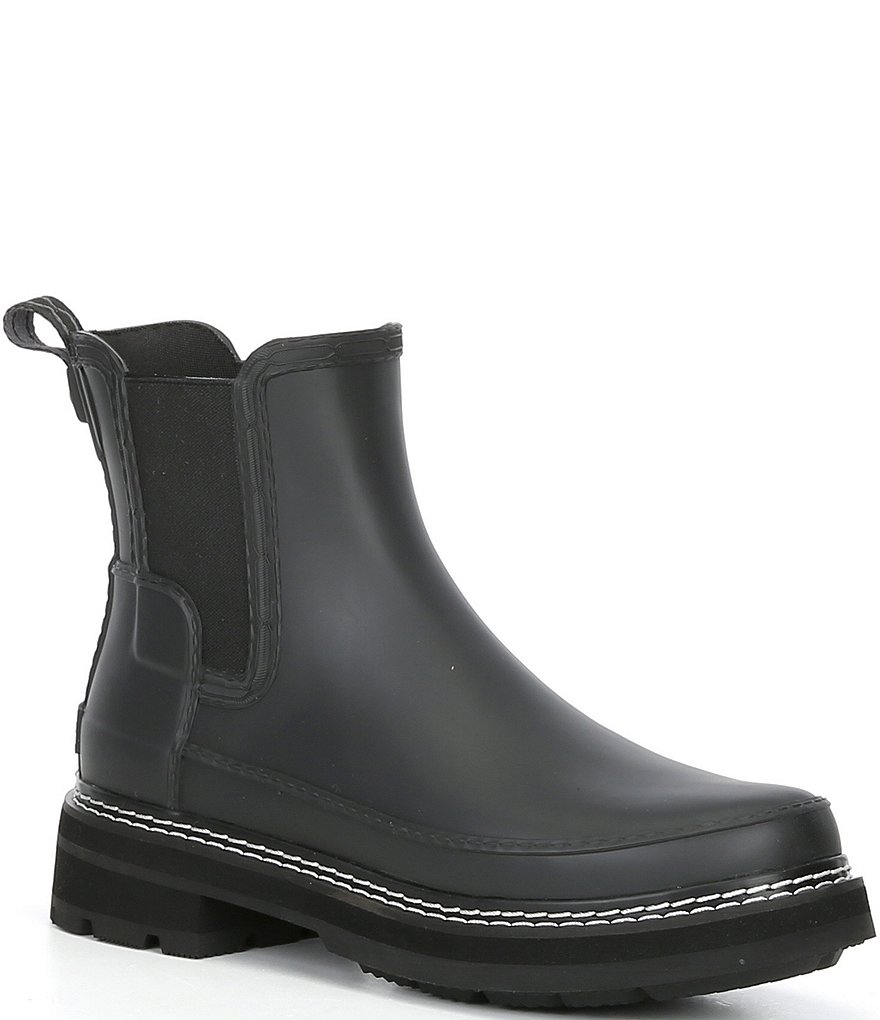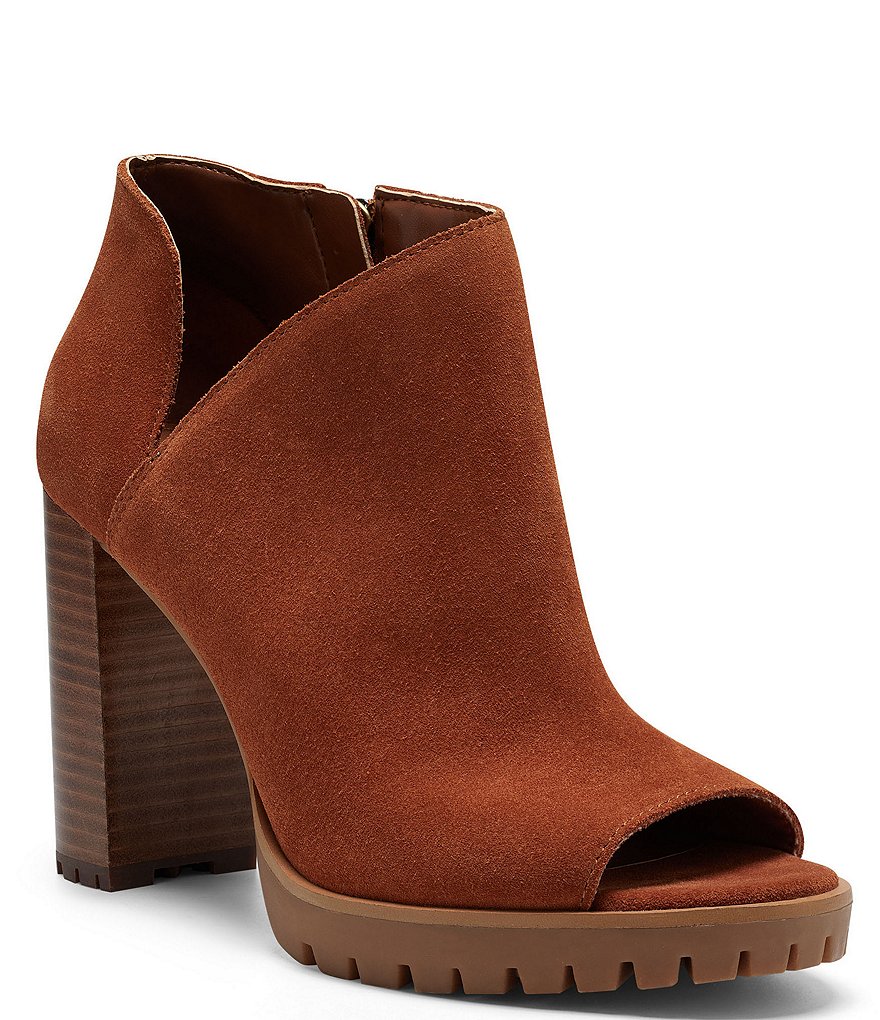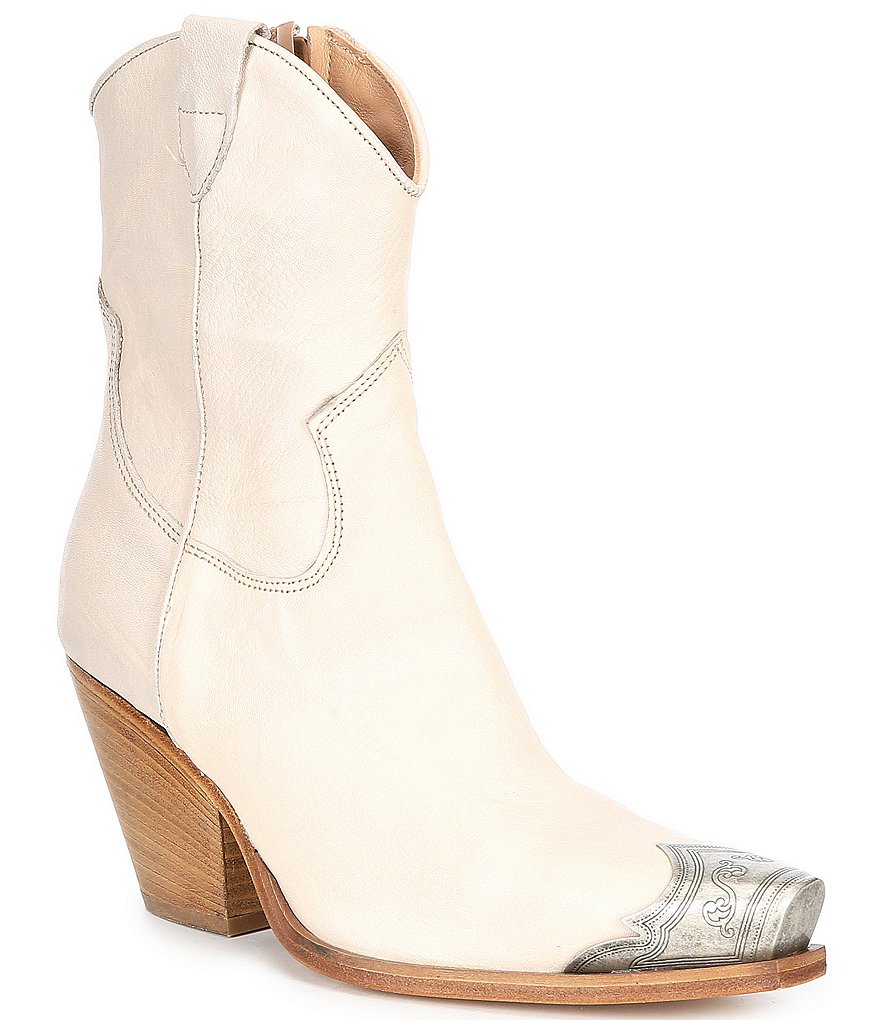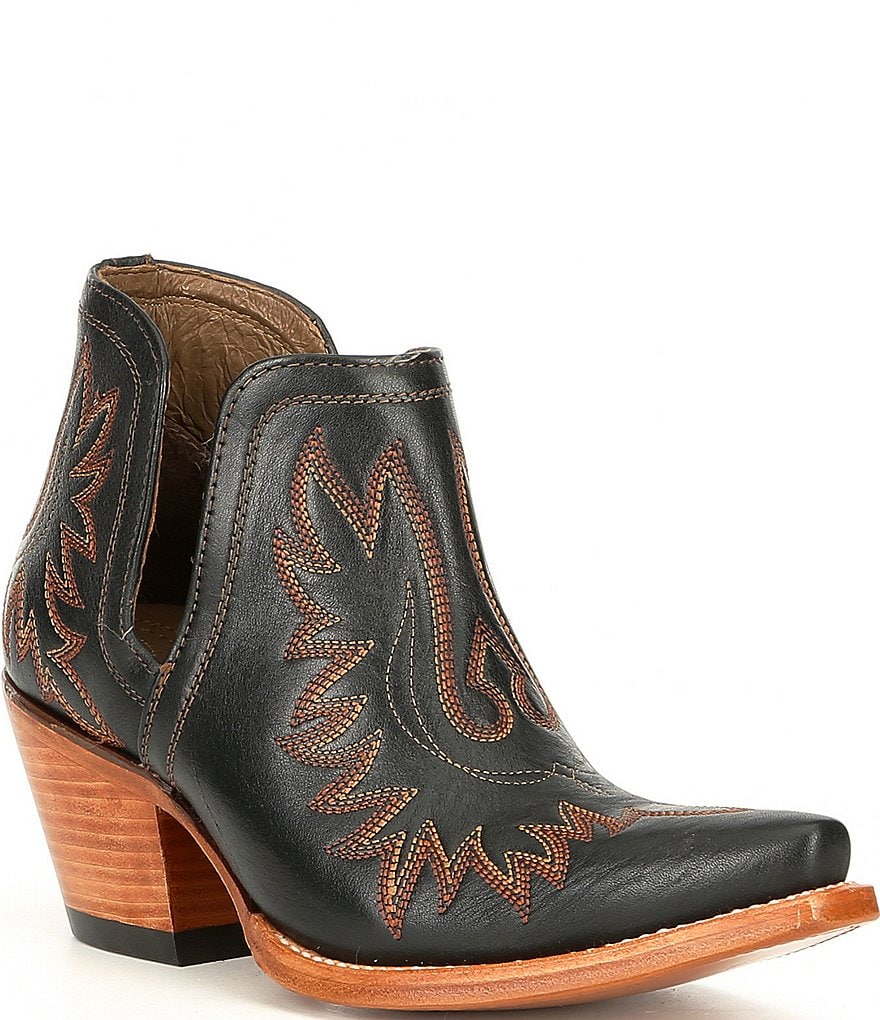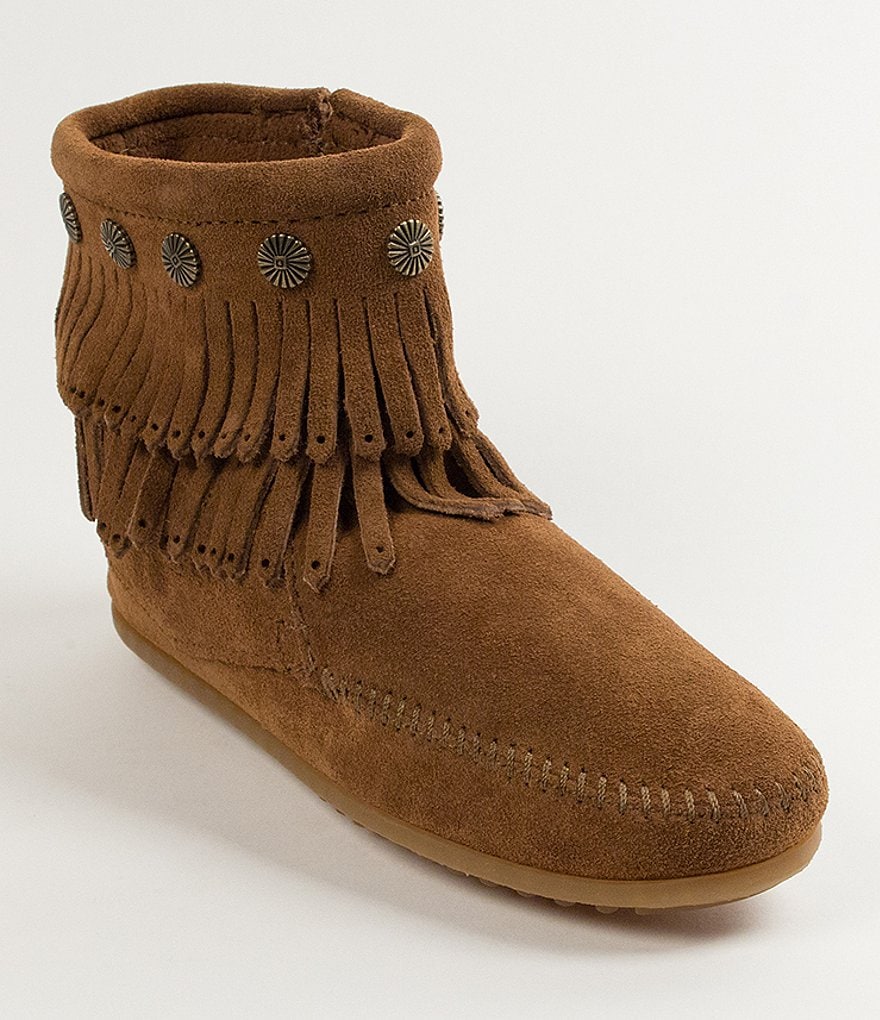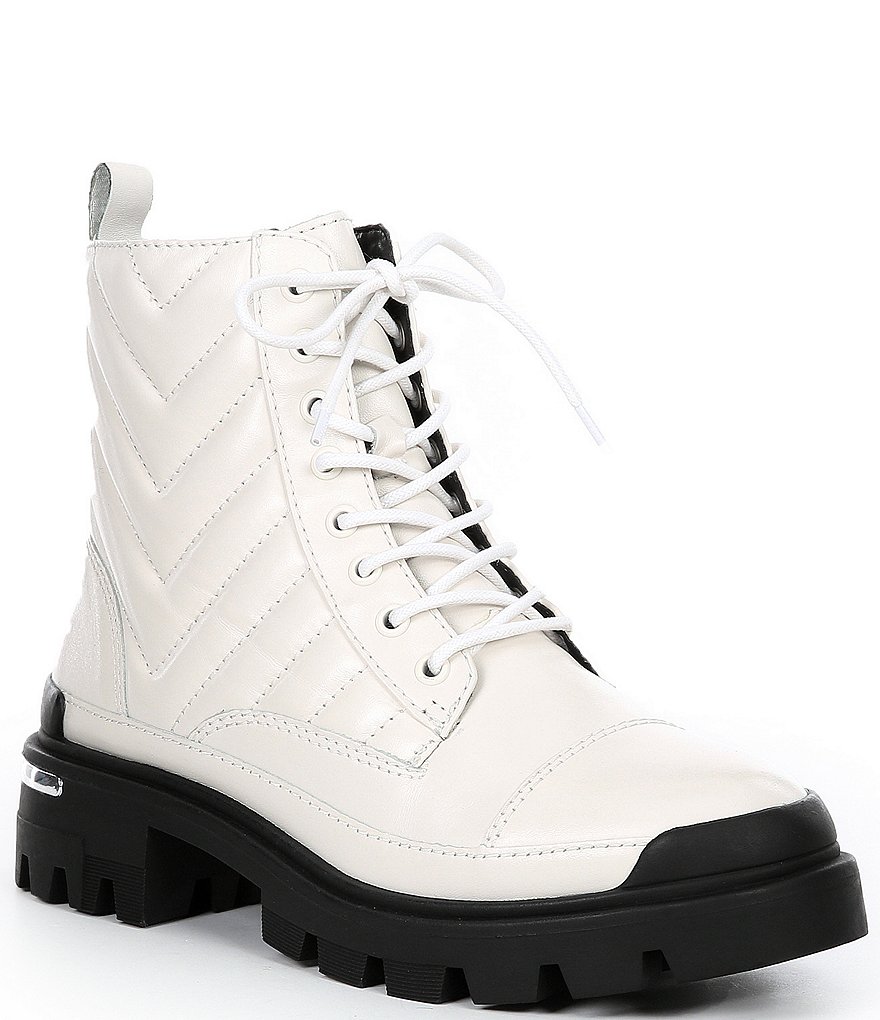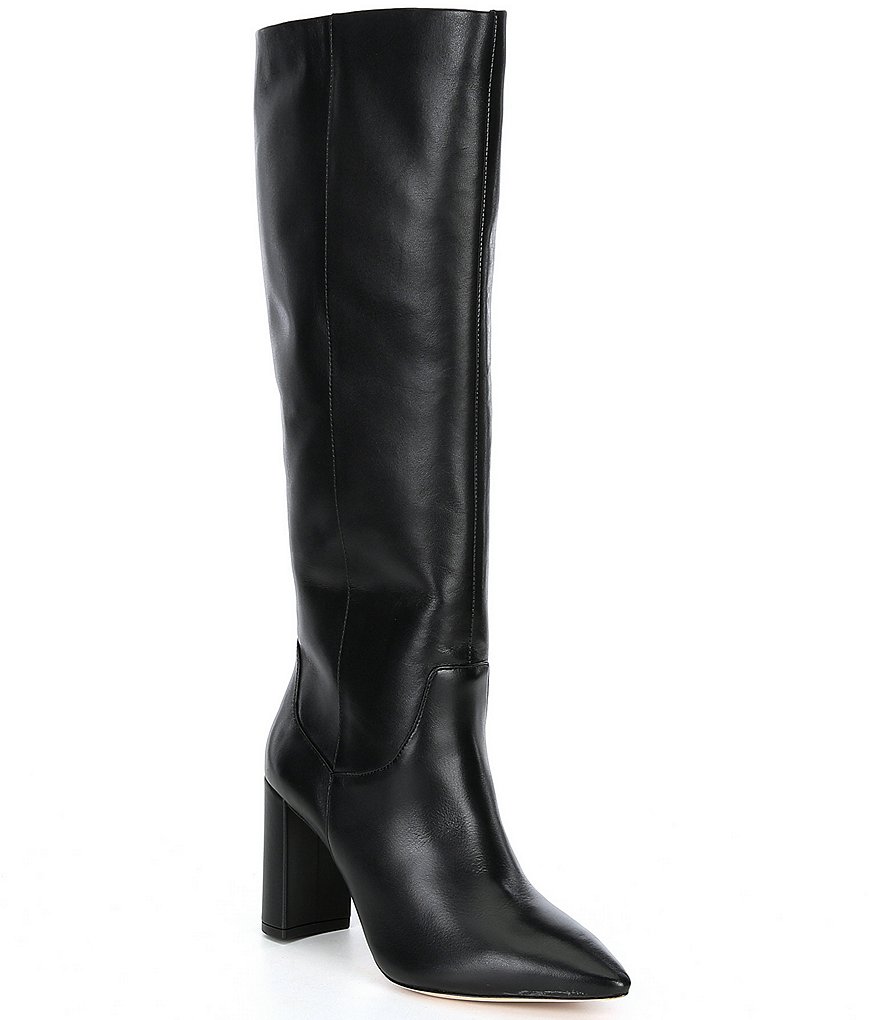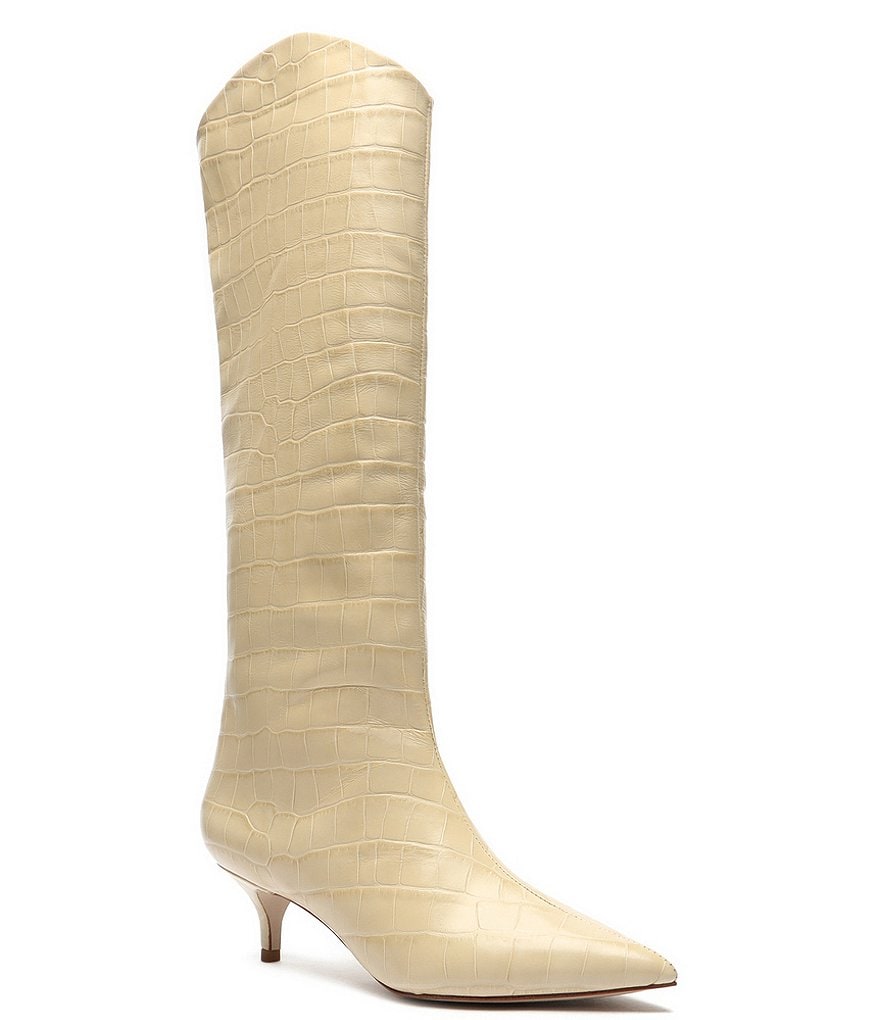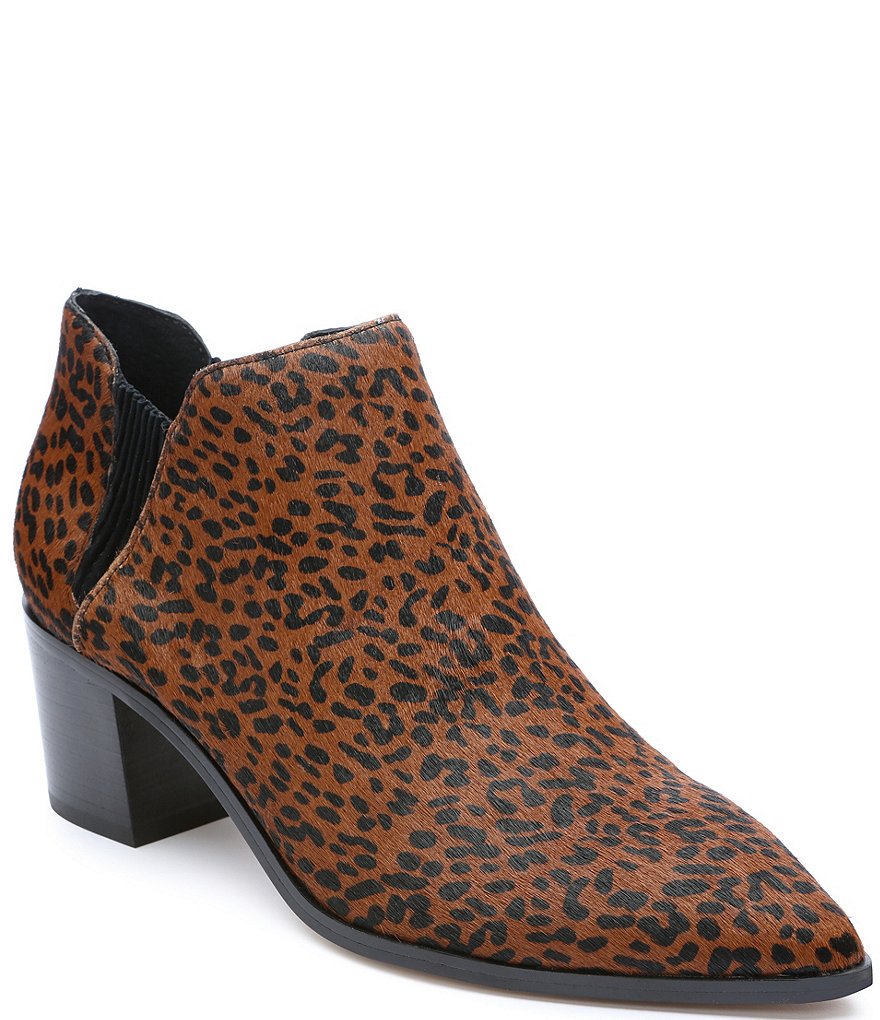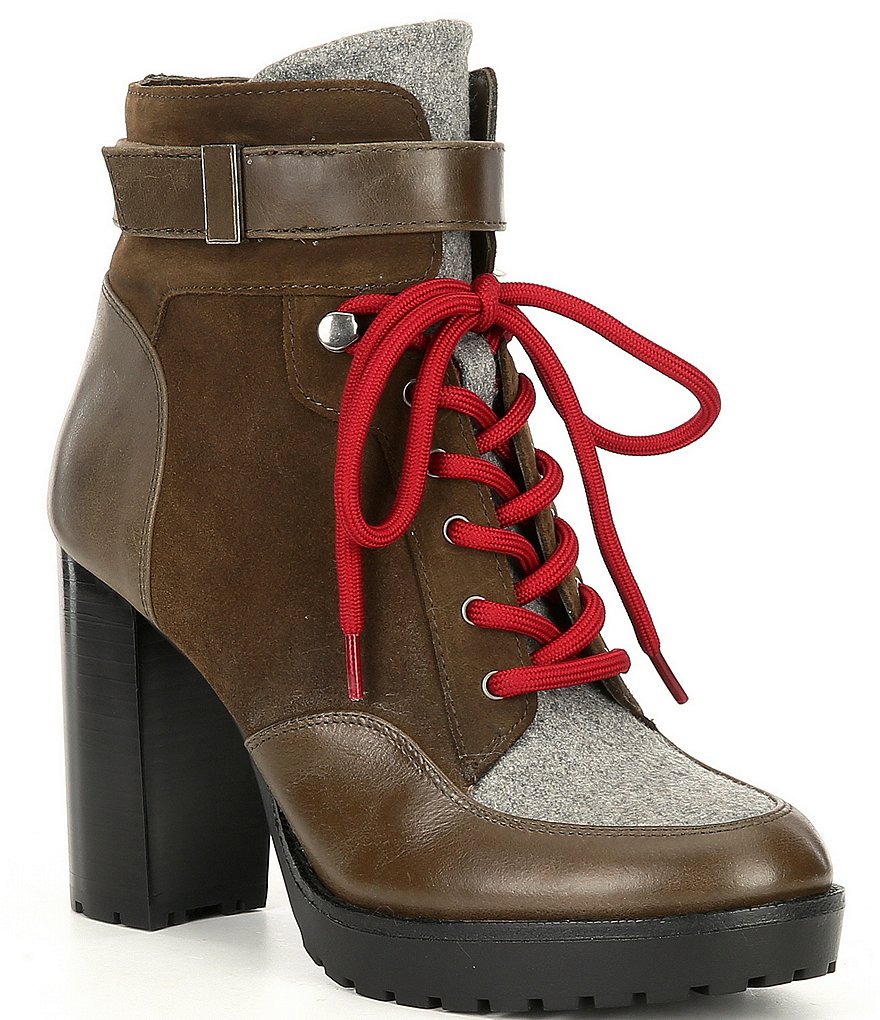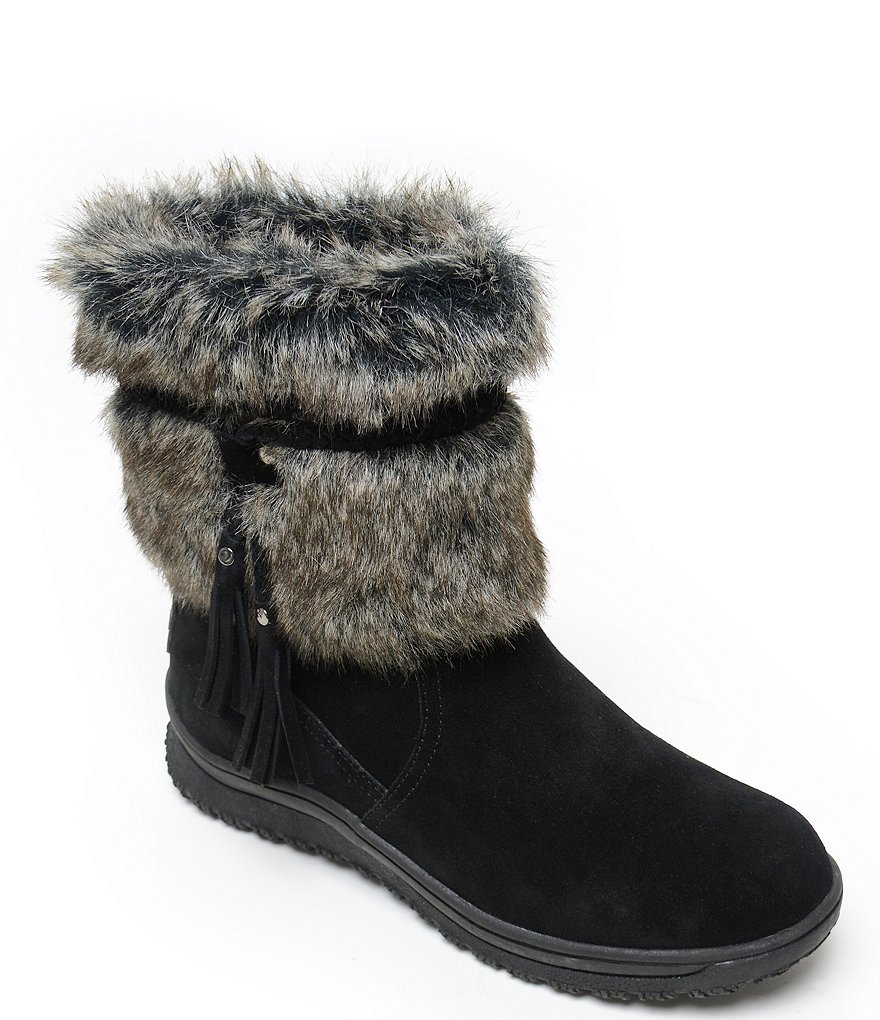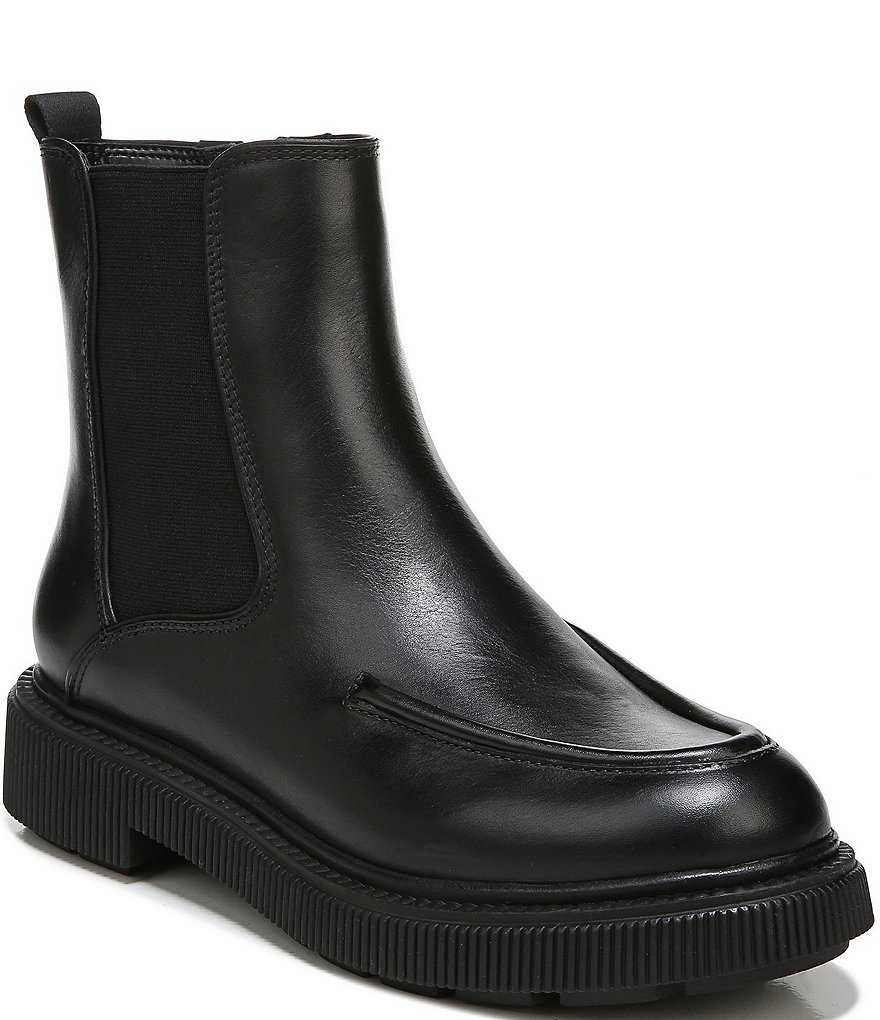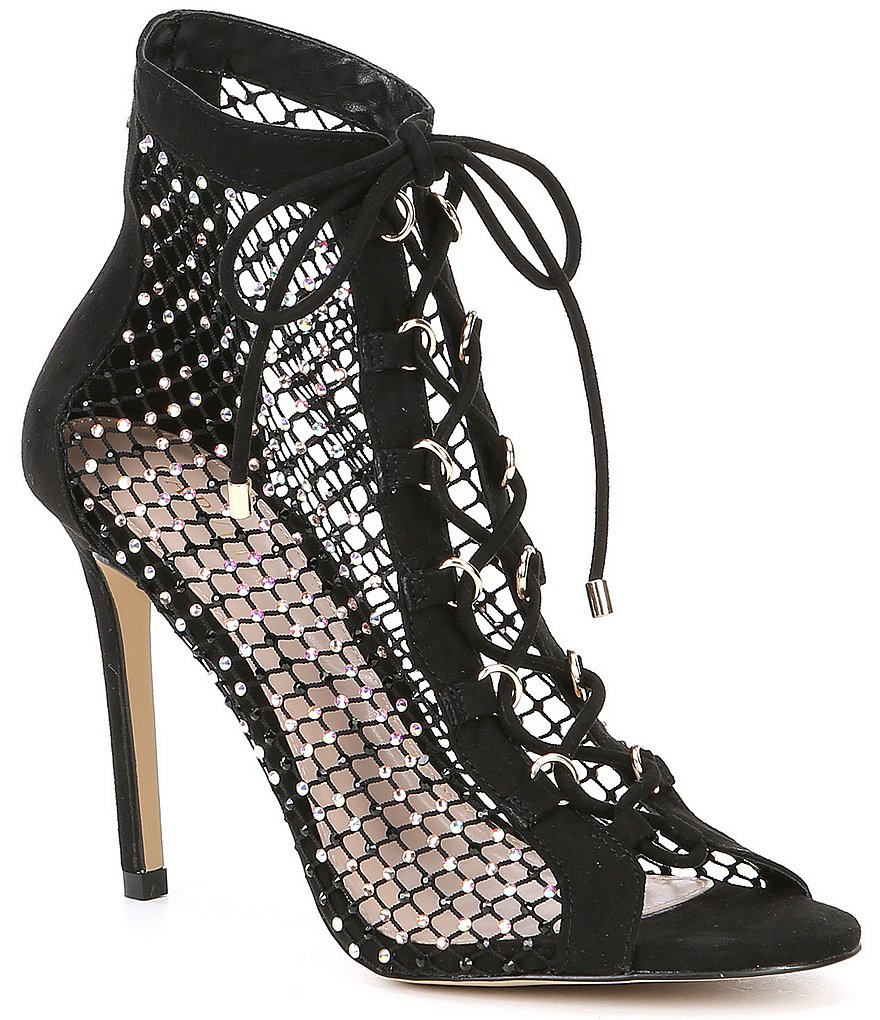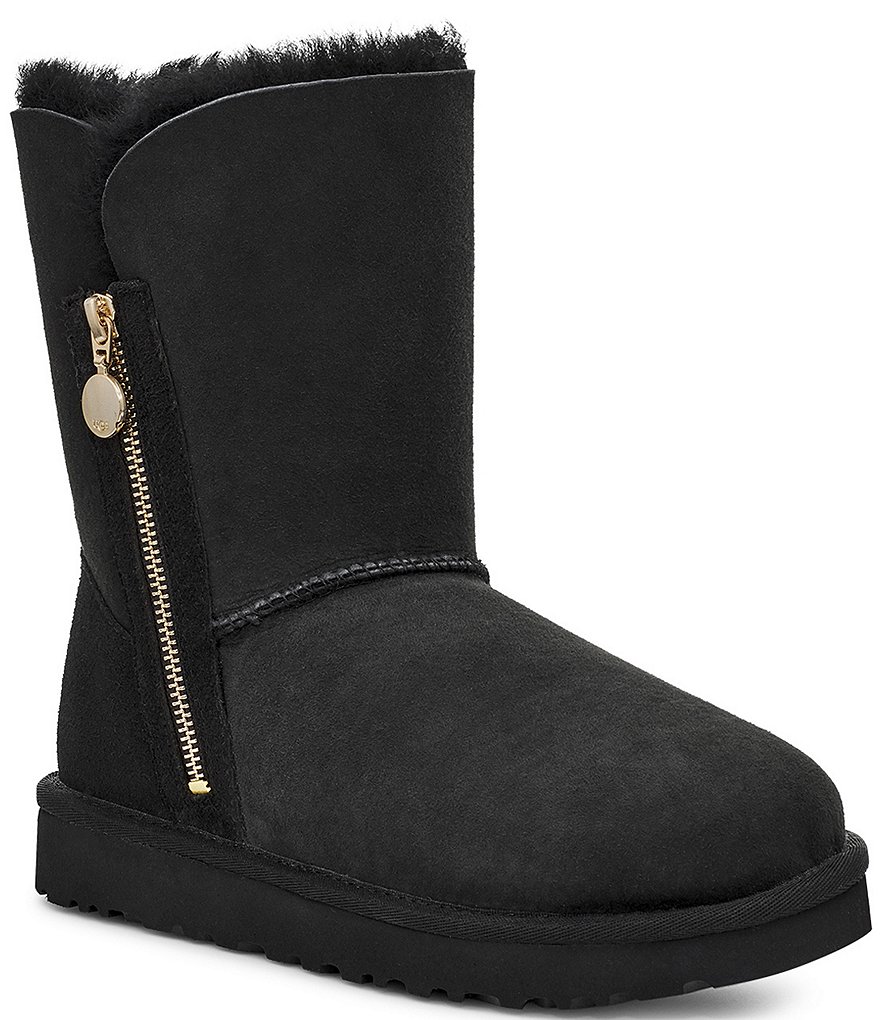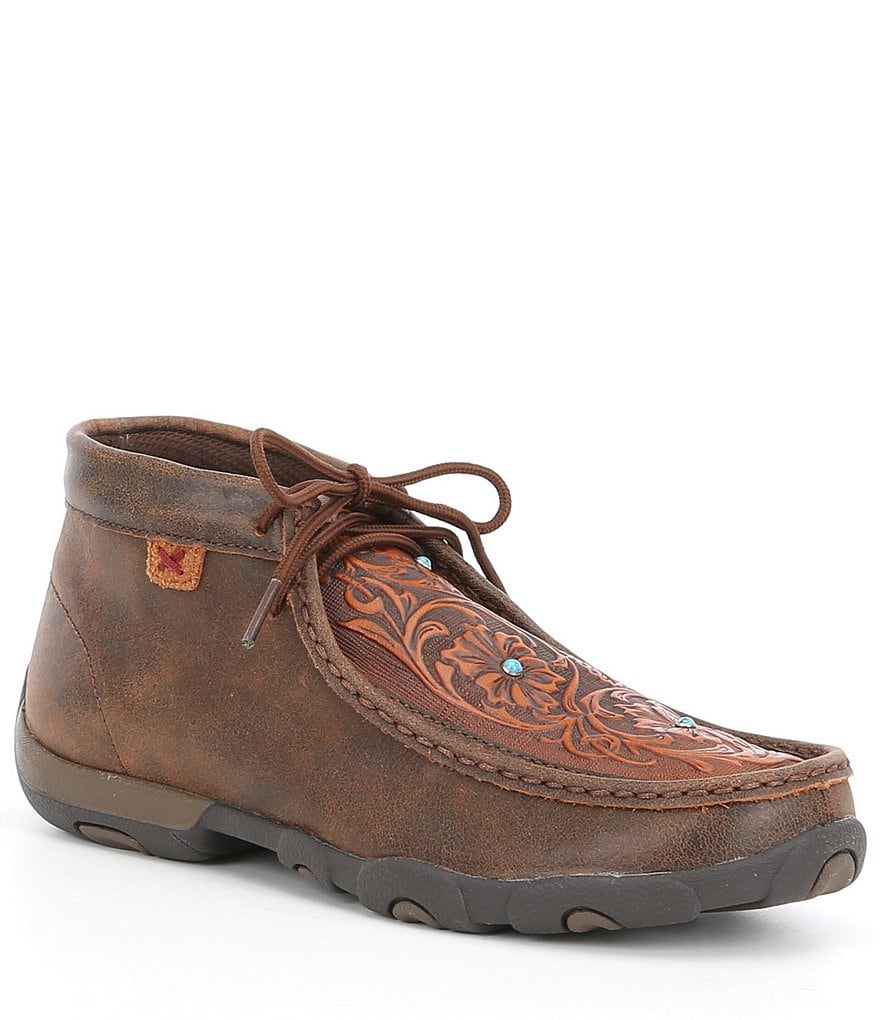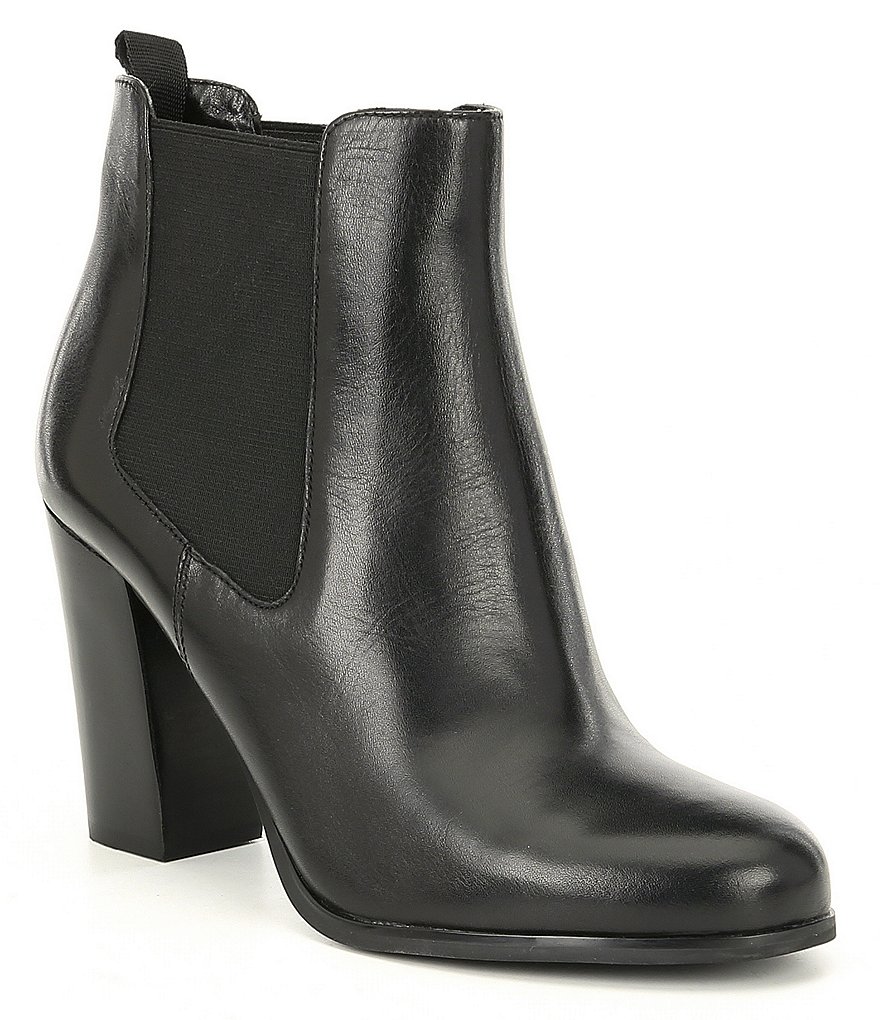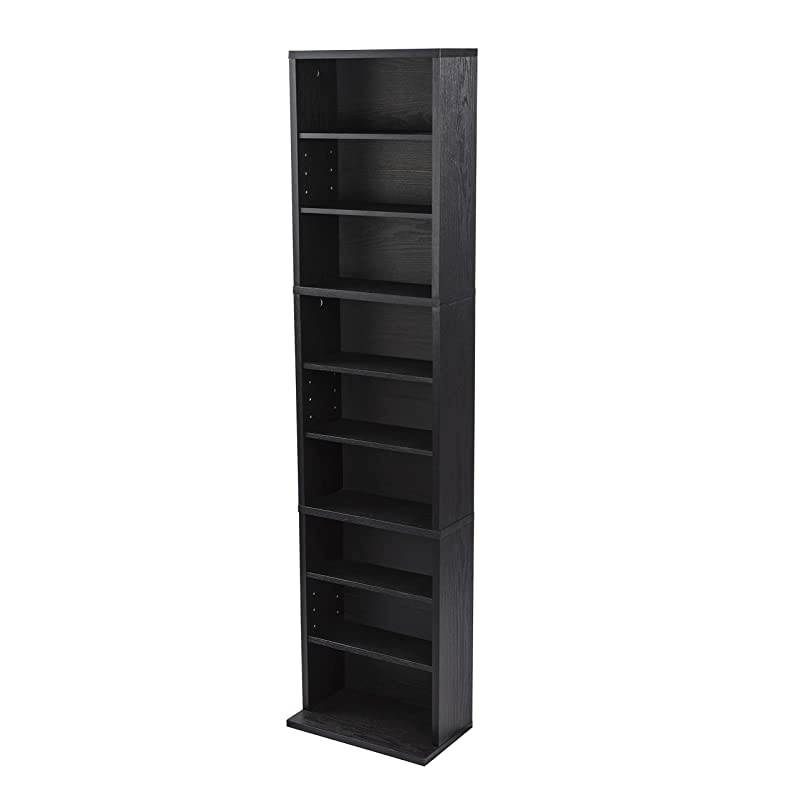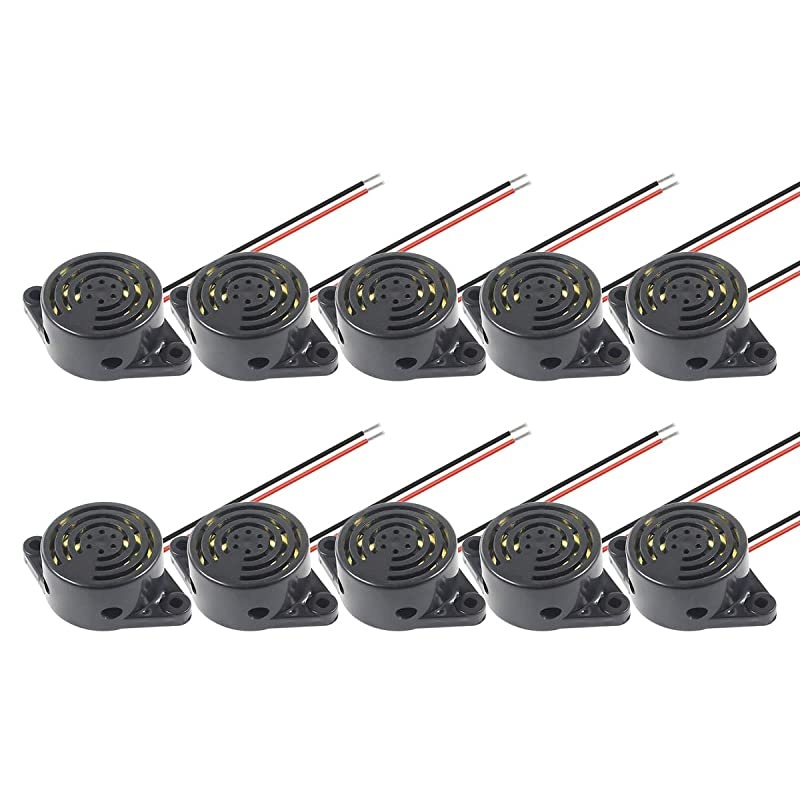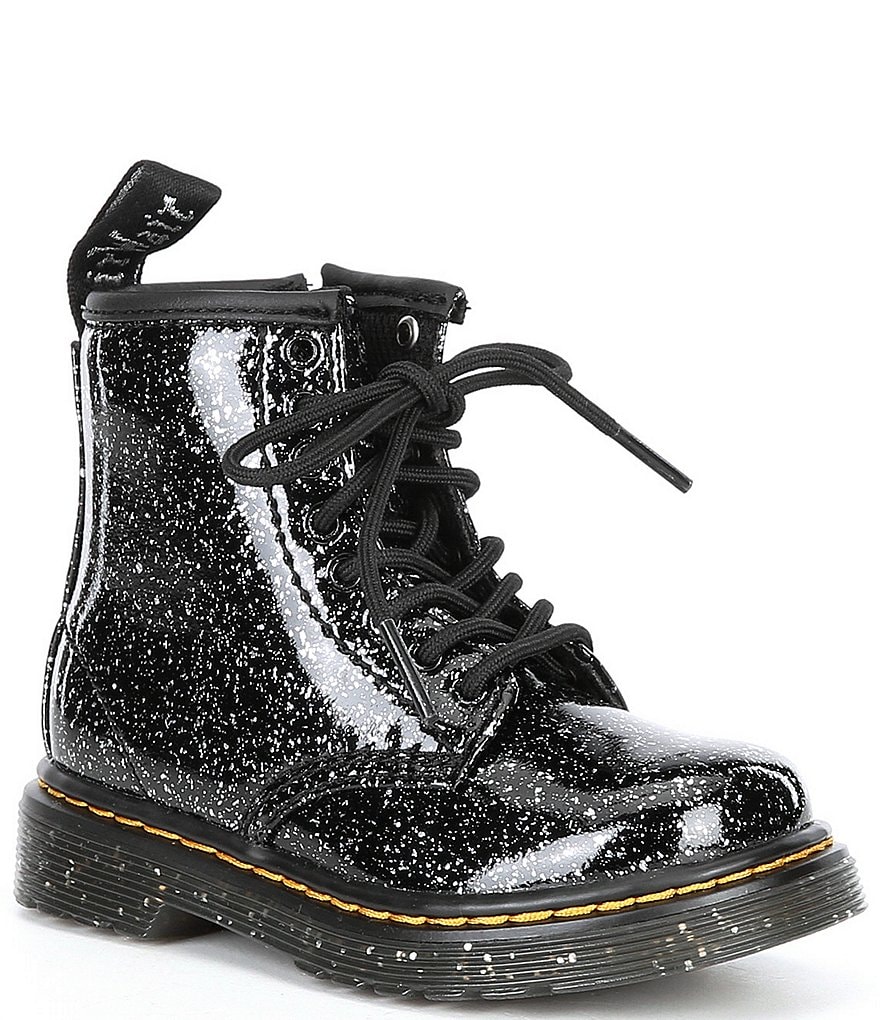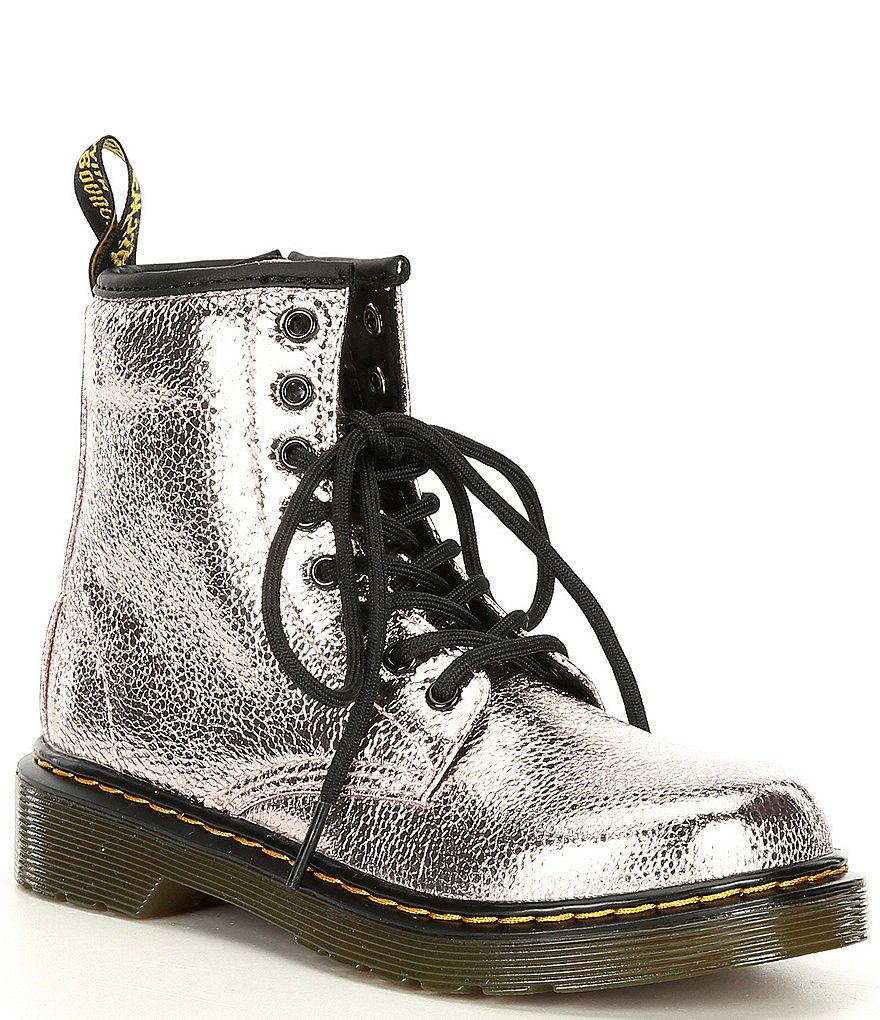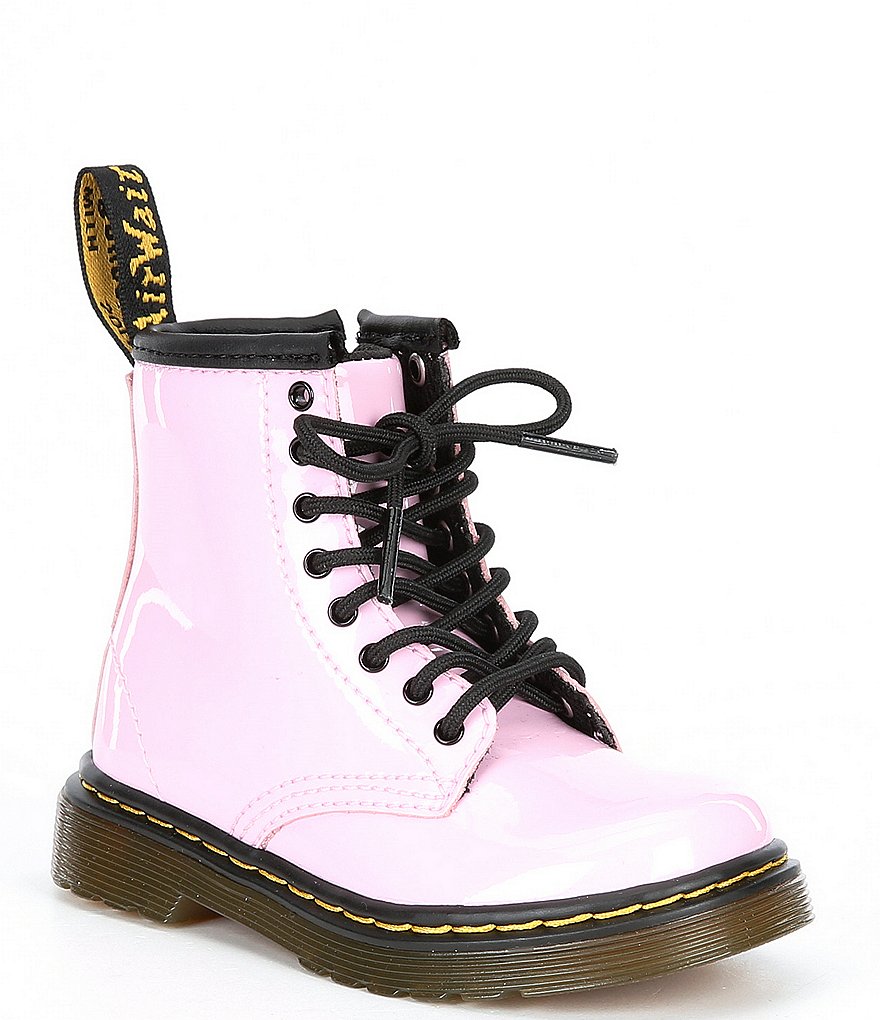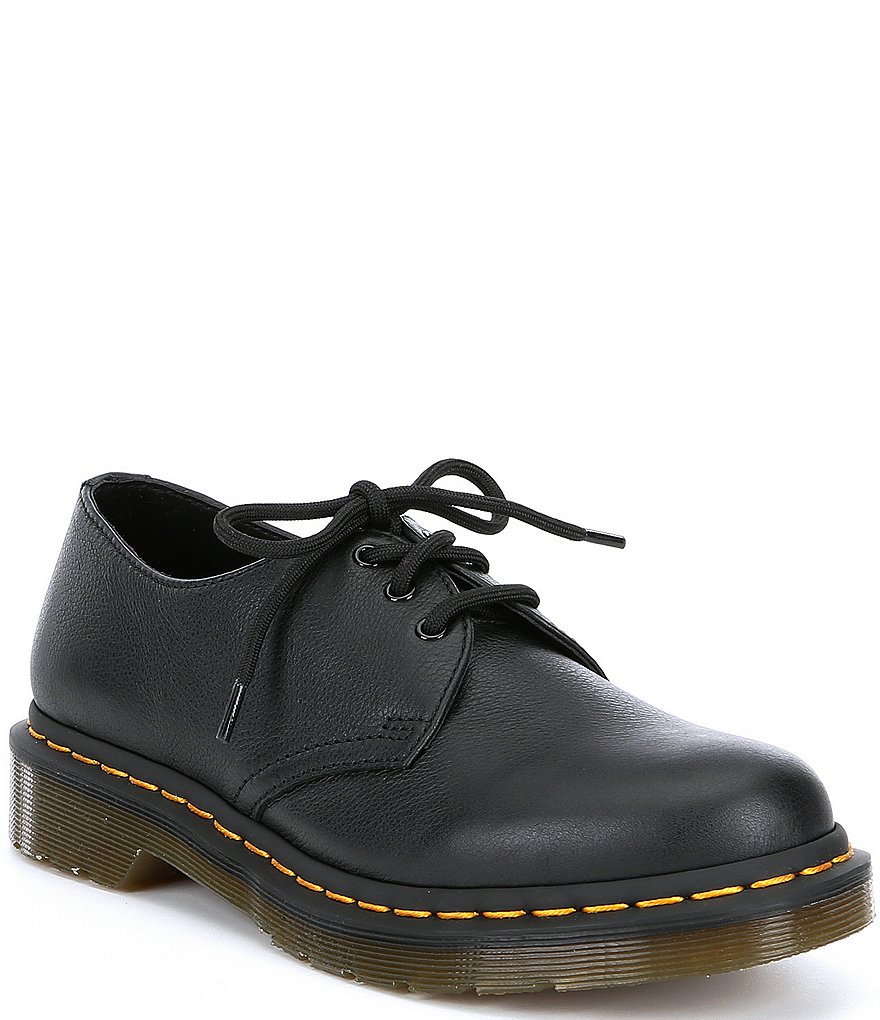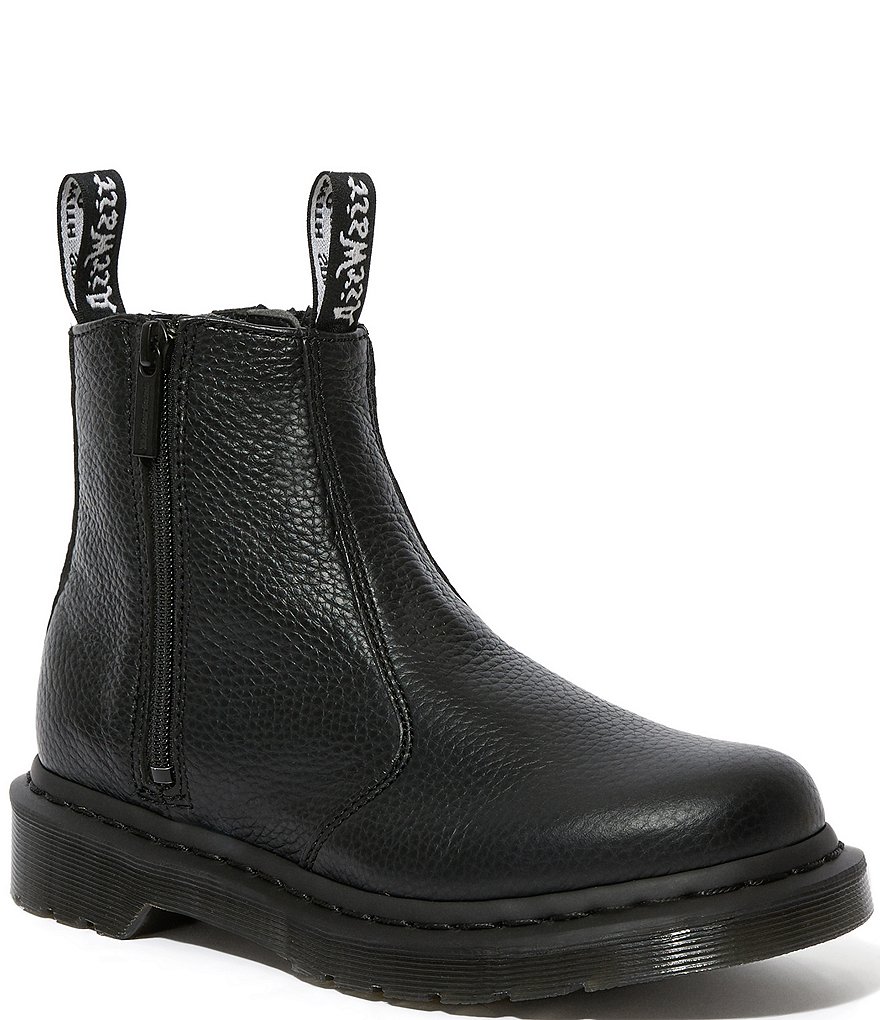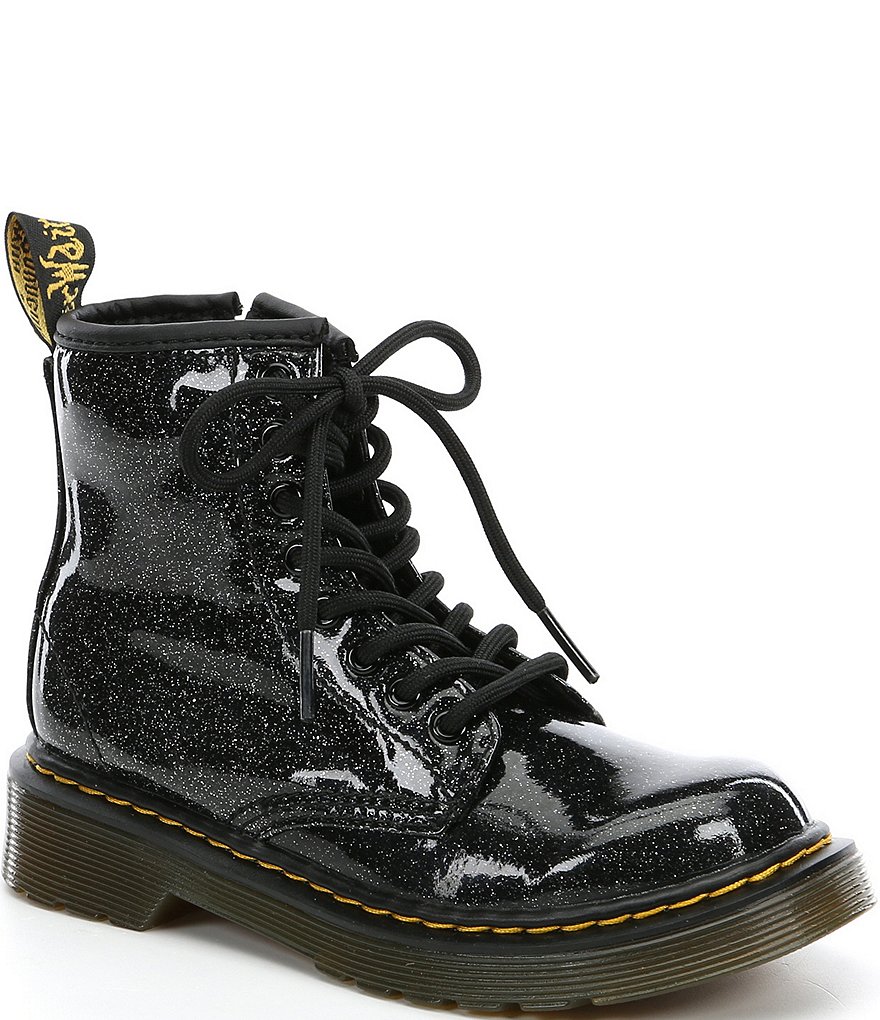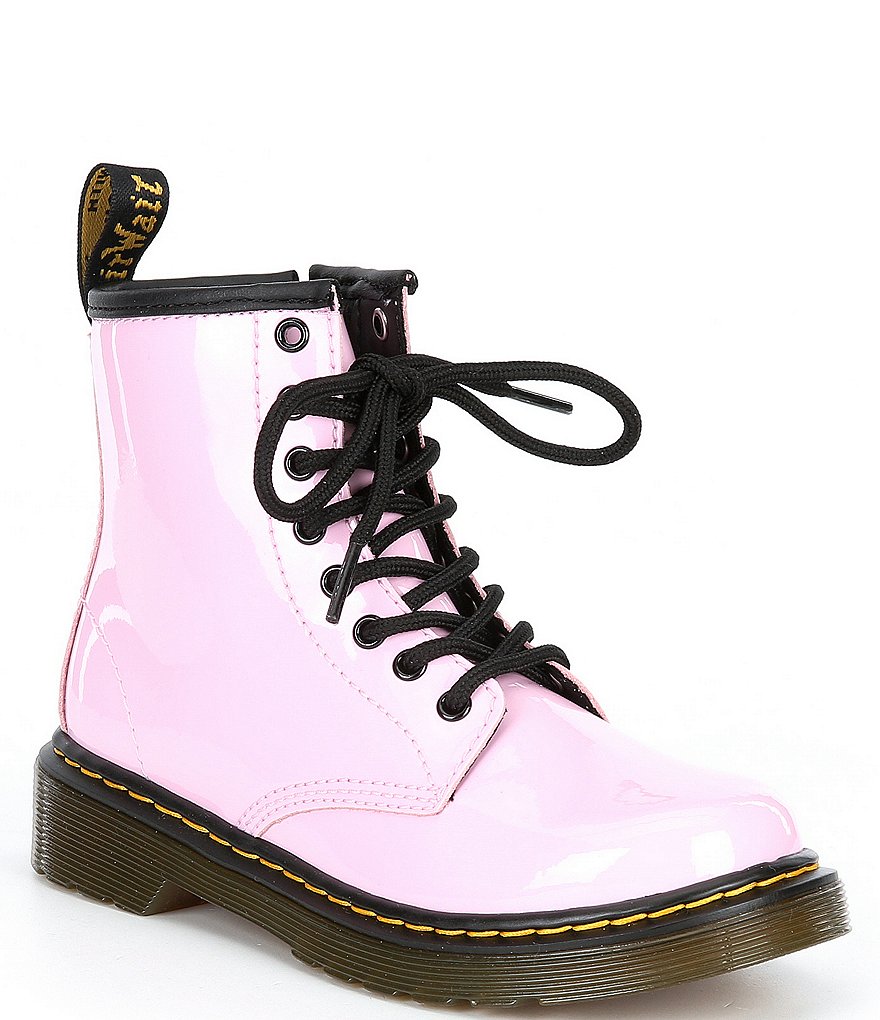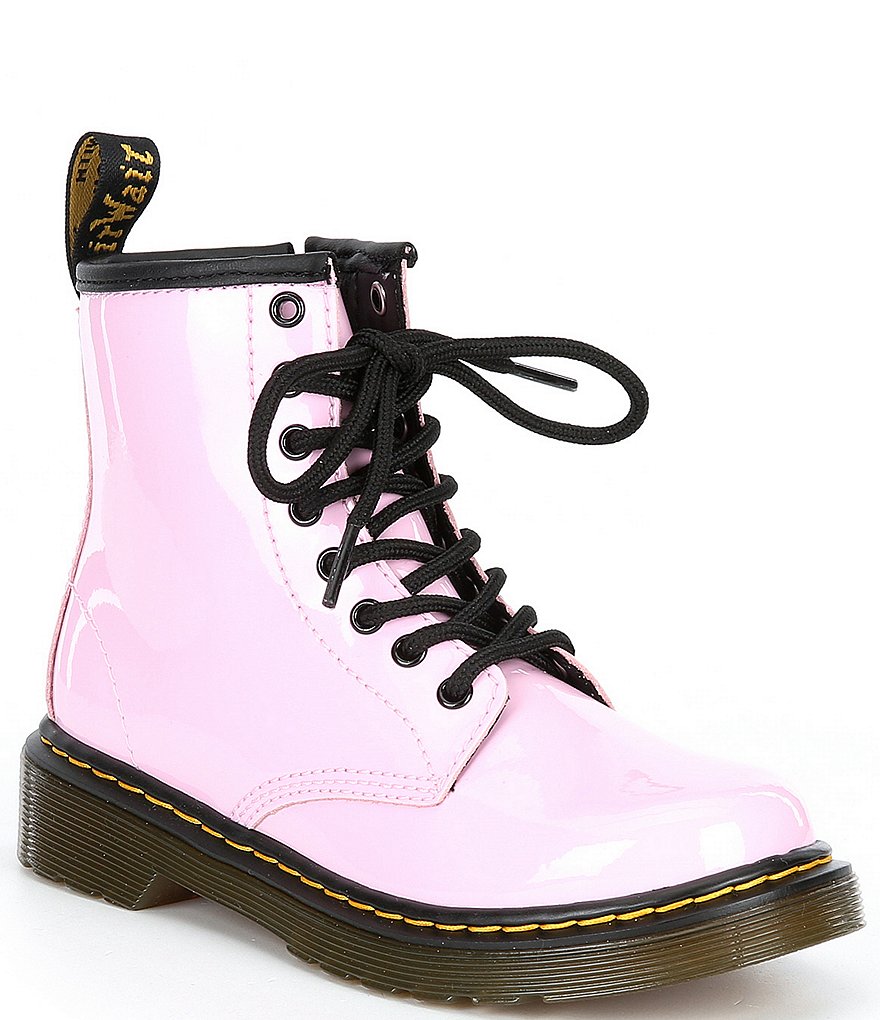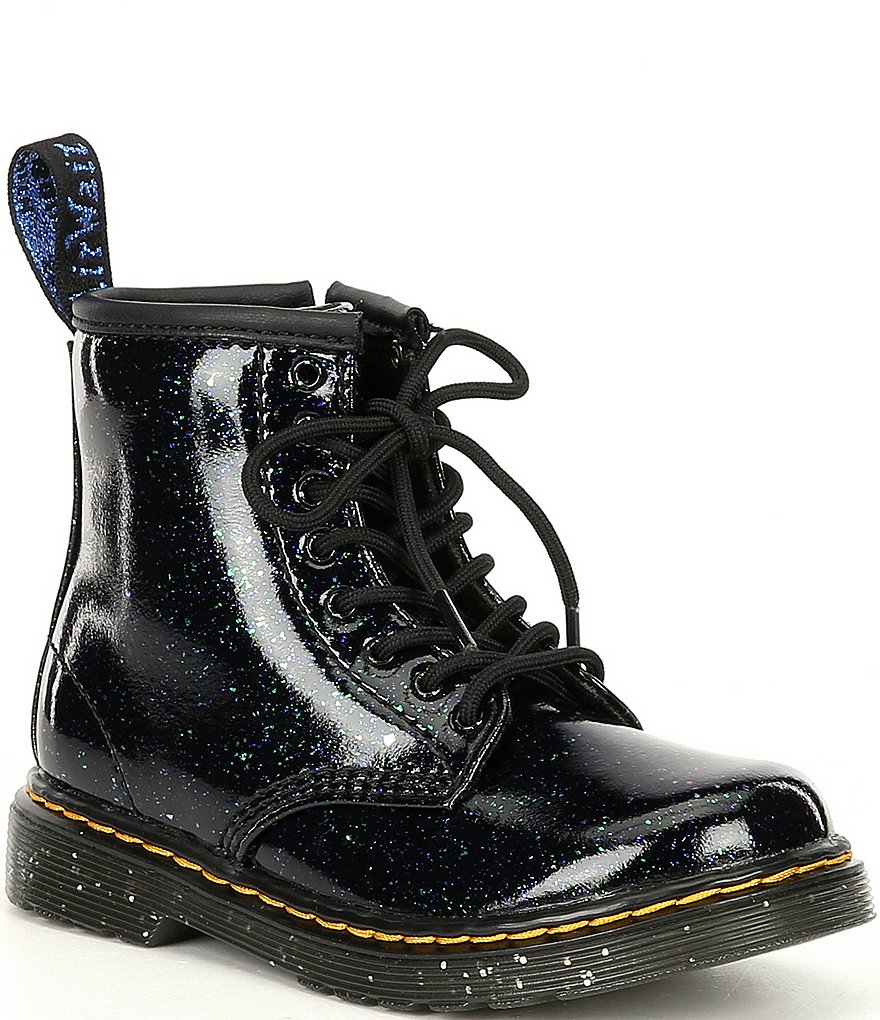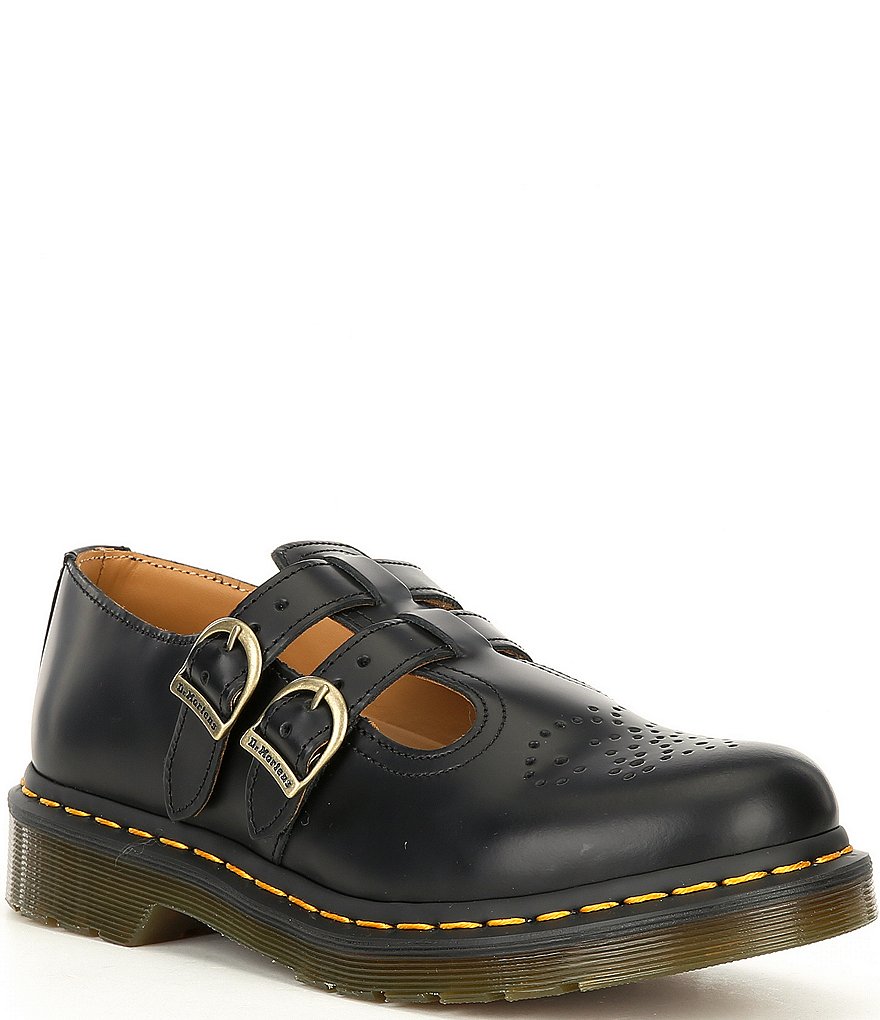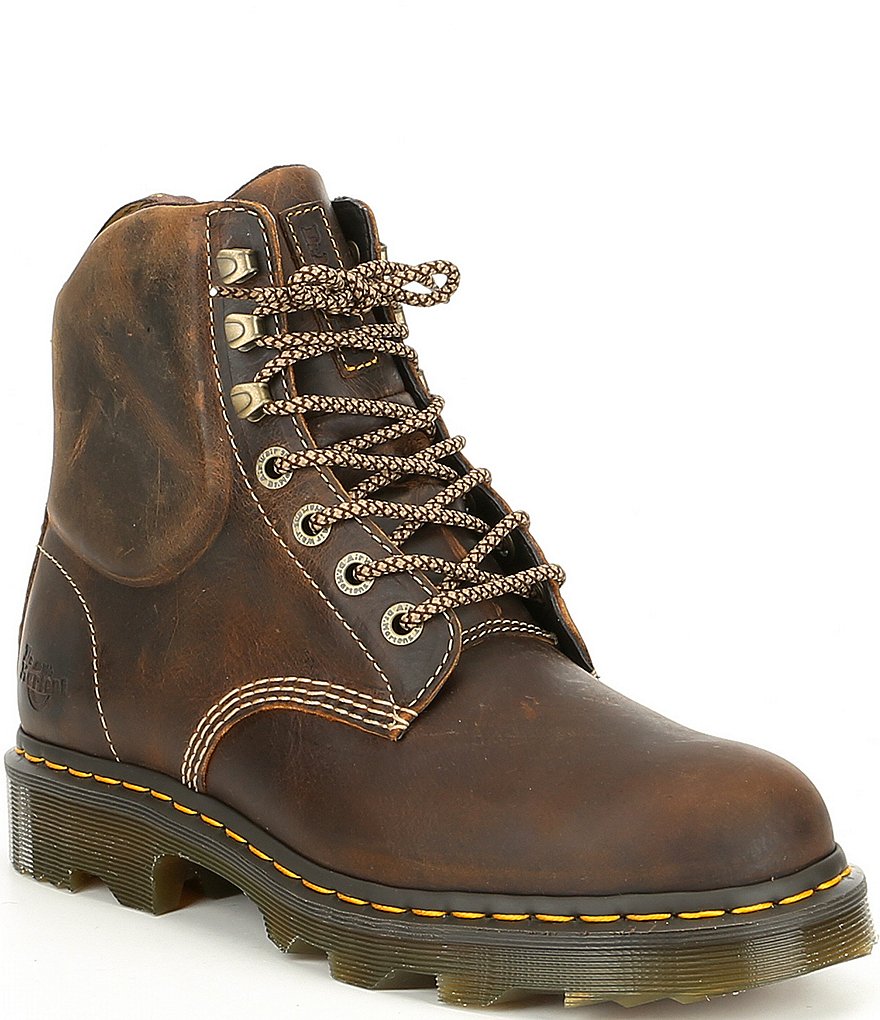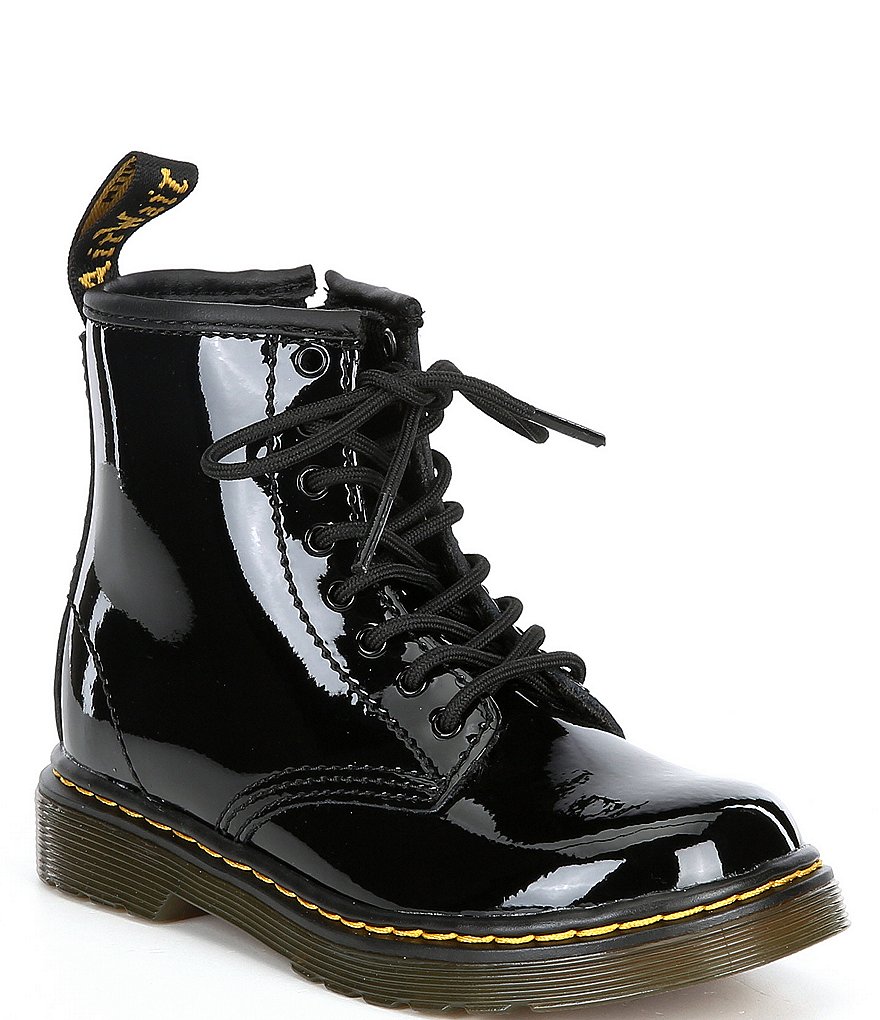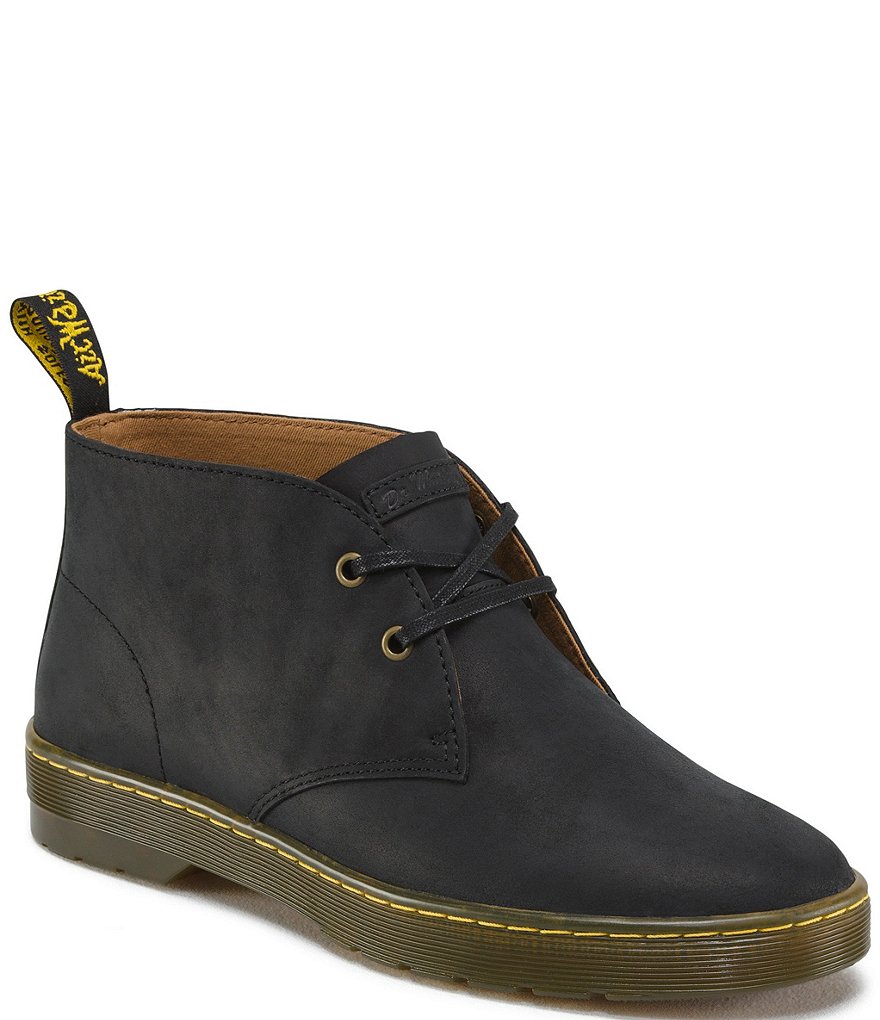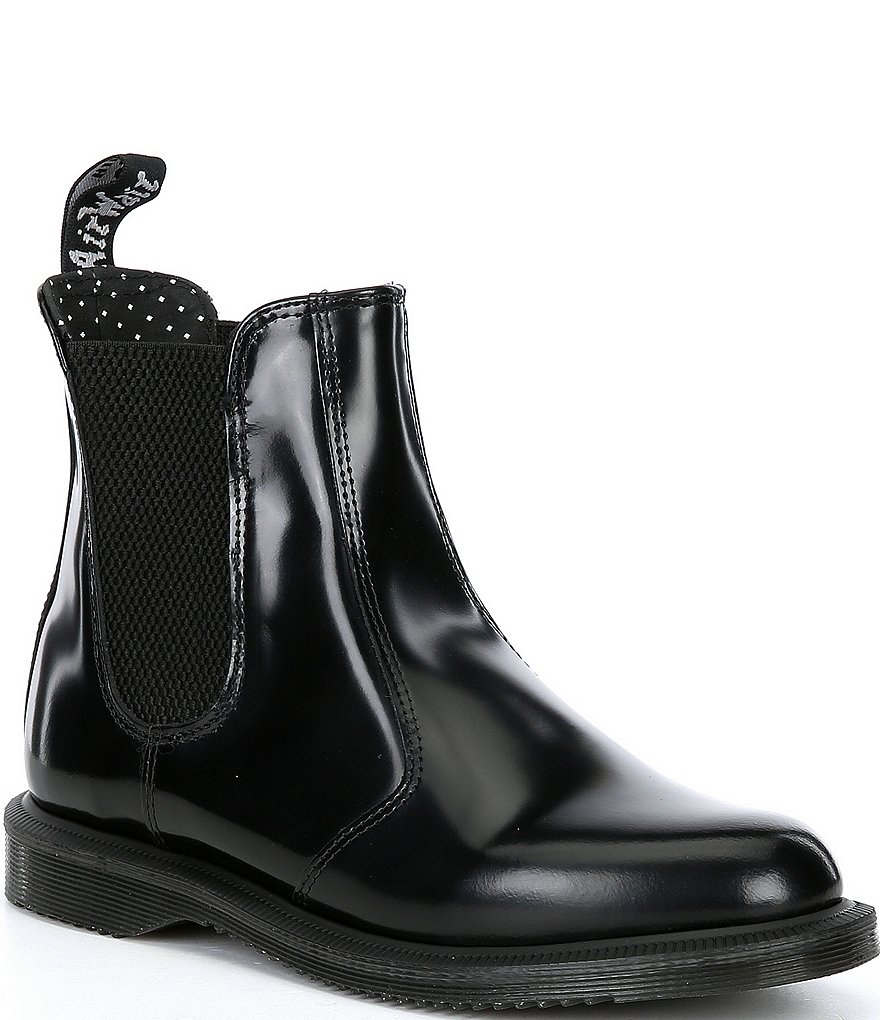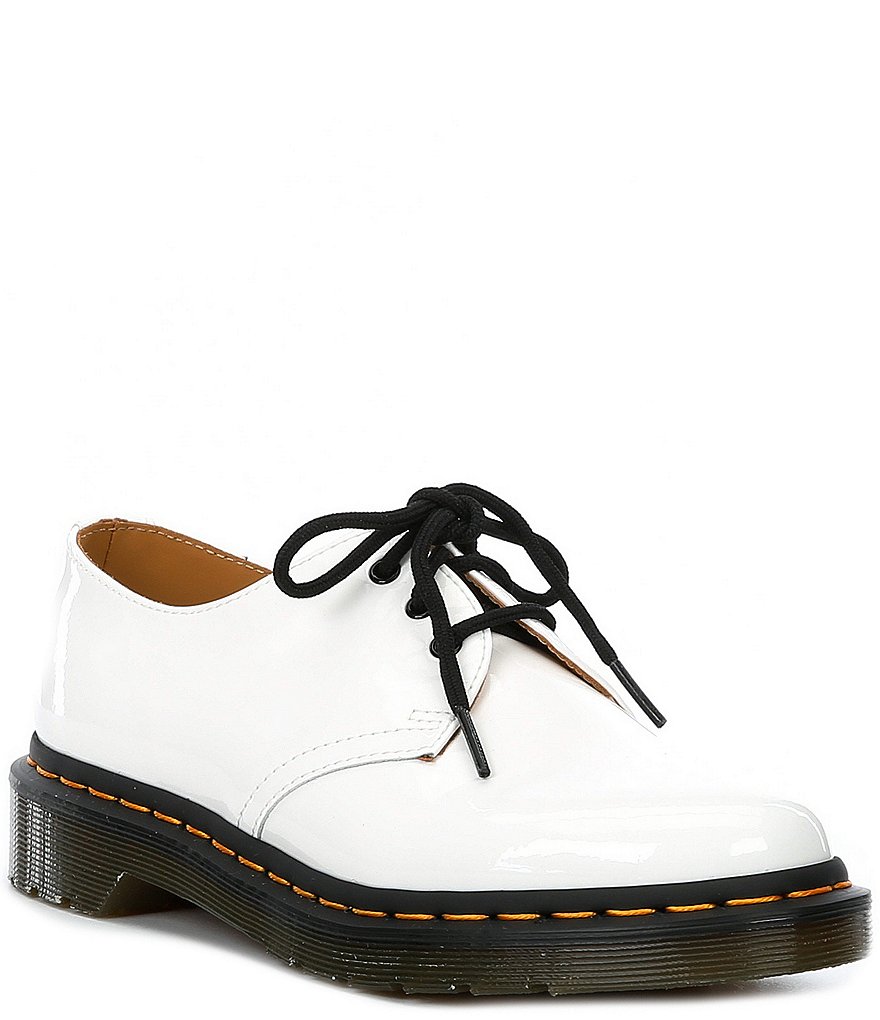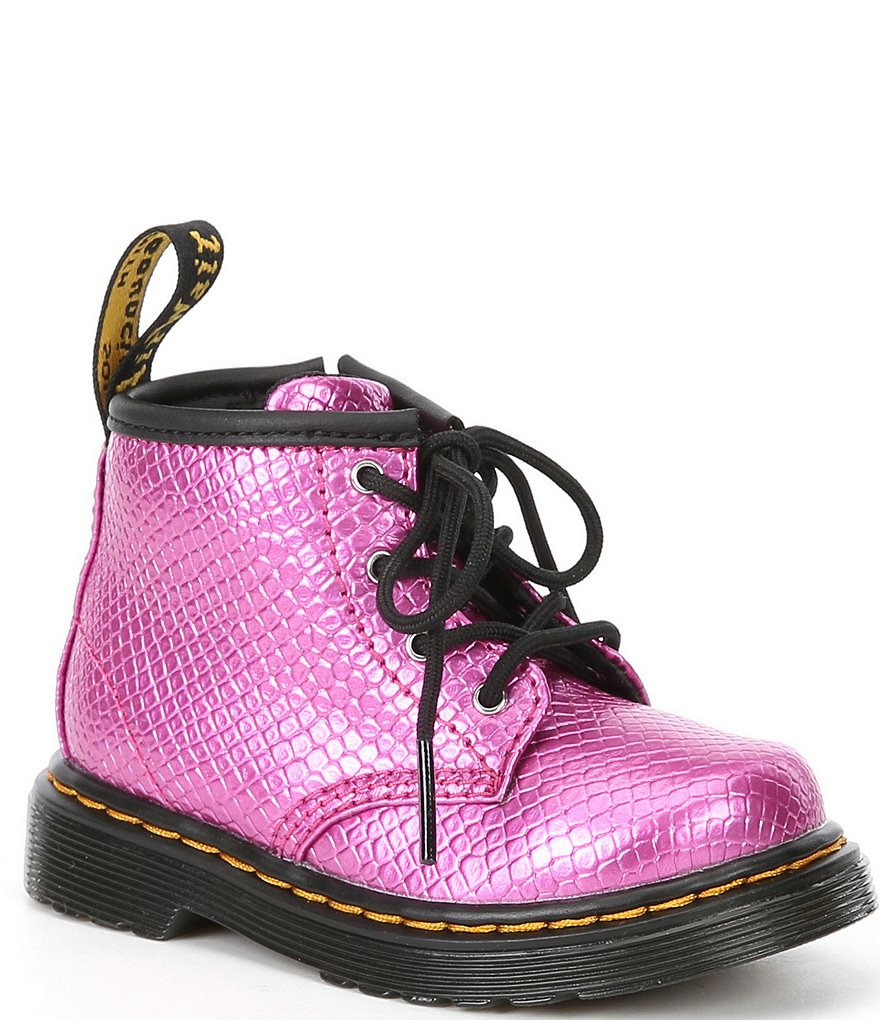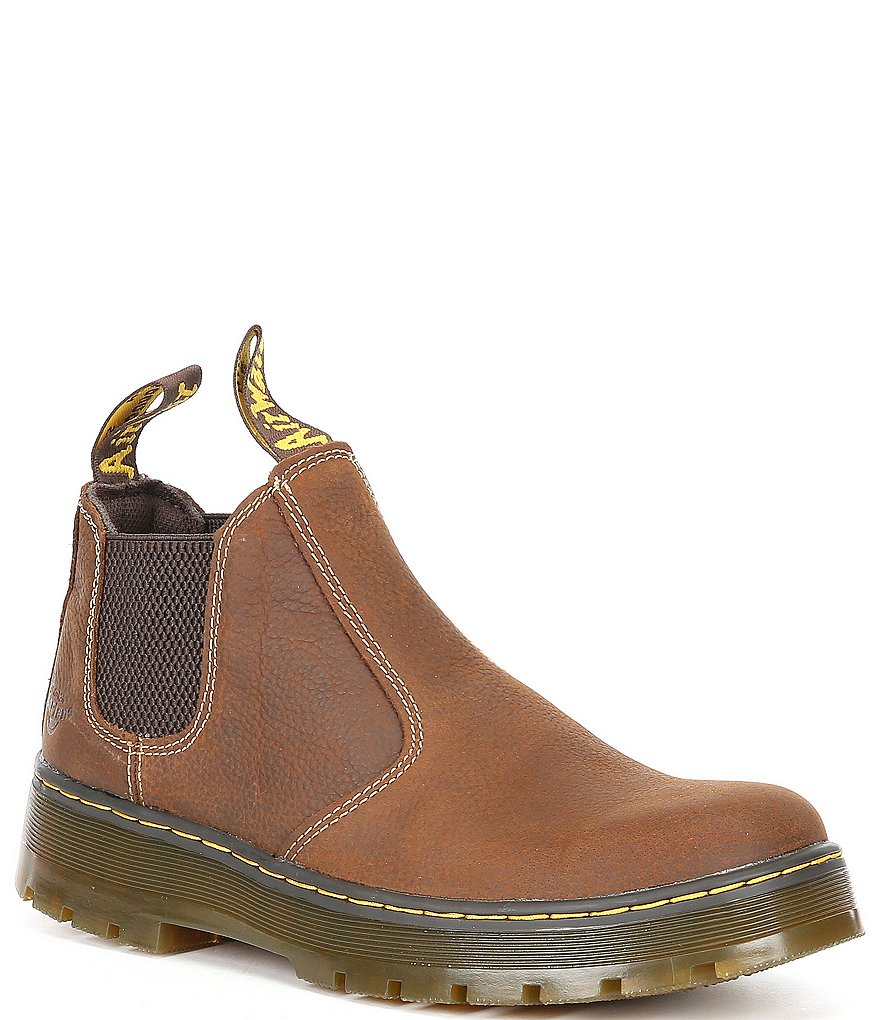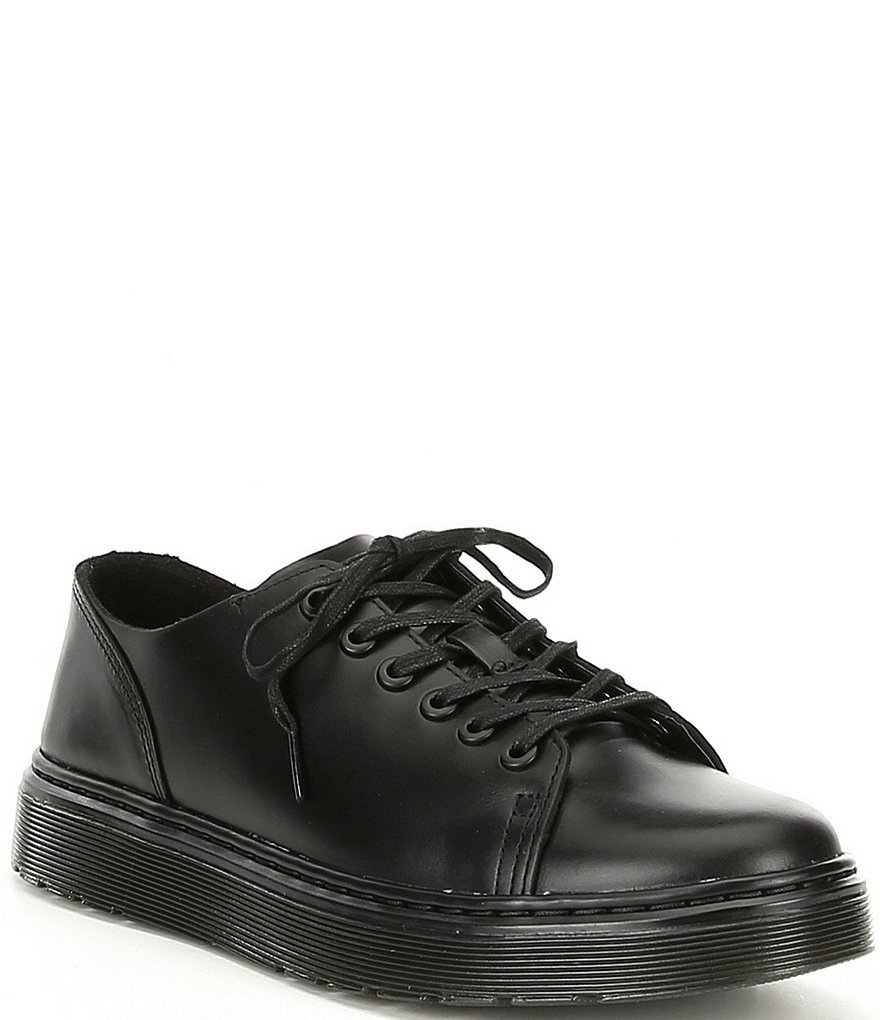Trusted shipping
Easy returns
Secure shopping
- Clothing, Shoes, Jewelry & Watches
- Home, Garden, Outdoor & Pets
- Electronics
- Audio, Video & Portable Devices
- Cables
- Adapters & Gender Changers
- Headsets, Speakers & Soundcards
- Power Protection
- 3D Printing
- Video Cards & Video Devices
- Tools & Components
- Sound Cards
- Alternative Energy
- Barebone / Mini Computers
- SSDs
- Accessories
- Mobile Accessories
- Storage Devices
- Personal Care
- Healthcare
- Home Theatre Systems
- Laptops, Computers & Office
- Speakers & Audio Systems
- Tech Services & Support
- Projectors, TVs & Home Theater
- Wi-Fi & Networking
- Cell Phones
- Electronics Deals
- Headphones
- Tablets & E-Readers
- Digital Cameras
- Home Phones
- Tech Accessories
- Electronics Sanitizing & Cleaning Supplies
- Smart Home
- Batteries, Power Banks & Chargers
- Wearable Technology
- GPS & Navigation
- Movies, Music, Books & Games
- Luggage
- Bible Covers
- Briefcases
- Camo
- Coolers
- Toiletry Bags
- Tote Bags
- Backpacks
- Carry-on Luggage
- Checked Luggage
- Lunch Bags
- Travel Accessories
- Luggage Deals
- Laptop Bags & Briefcases
- Kids' Luggage
- Duffels & Gym Bags
- Suitcases
- RFID Blocking Luggage & Travel Accessories
- Luggage Sets
- Mens' Luggage
- Handbags
- Accessories
- Outdoor
- Beauty Luggage
- Travel Totes
- Garment Bags
- Weekenders
- Messenger Bags
- Beauty & Health
- Category List
- Clothing, Shoes, Jewelry & Watches
- Home, Garden, Outdoor & Pets
- Electronics
- Audio, Video & Portable Devices
- Cables
- Adapters & Gender Changers
- Headsets, Speakers & Soundcards
- Power Protection
- 3D Printing
- Video Cards & Video Devices
- Tools & Components
- Sound Cards
- Alternative Energy
- Barebone / Mini Computers
- SSDs
- Accessories
- Mobile Accessories
- Storage Devices
- Personal Care
- Healthcare
- Home Theatre Systems
- Laptops, Computers & Office
- Speakers & Audio Systems
- Tech Services & Support
- Projectors, TVs & Home Theater
- Wi-Fi & Networking
- Cell Phones
- Electronics Deals
- Headphones
- Tablets & E-Readers
- Digital Cameras
- Home Phones
- Tech Accessories
- Electronics Sanitizing & Cleaning Supplies
- Smart Home
- Batteries, Power Banks & Chargers
- Wearable Technology
- GPS & Navigation
- Movies, Music, Books & Games
- Luggage
- Bible Covers
- Briefcases
- Camo
- Coolers
- Toiletry Bags
- Tote Bags
- Backpacks
- Carry-on Luggage
- Checked Luggage
- Lunch Bags
- Travel Accessories
- Luggage Deals
- Laptop Bags & Briefcases
- Kids' Luggage
- Duffels & Gym Bags
- Suitcases
- RFID Blocking Luggage & Travel Accessories
- Luggage Sets
- Mens' Luggage
- Handbags
- Accessories
- Outdoor
- Beauty Luggage
- Travel Totes
- Garment Bags
- Weekenders
- Messenger Bags
- Beauty & Health
- Baby & Toys
- Sports & Outdoors
- School & Office Supplies
- Breakroom & Janitorial Supplies
- Diaries
- Utility & Stationary
- Pens & Pencils
- Teacher Supplies & Classroom Decorations
- Paper
- Markers
- Binders
- School Supplies
- Packing & Mailing Supplies
- Tape, Adhesives & Fasteners
- Boards & Easels
- Crayons
- Desk Organization
- Pencils
- Filing & Organizers
- Journals
- Pens
- Labels & Label Makers
- Tools & Equipment
- Calendars
- Sticky Notes
- Notebooks
- Erasers & Correction Tape
- Pencil Cases
- Planners
- Retail Store Supplies
- Highlighters
- Locker Accessories
- Cute School Supplies
- School & Office Accessories
- Food & Grocery
- Shops All
- Unique-Bargains
- Cool cold
- Wesdar
- i-Star
- CoCoCo
- Targus
- Cooling Device Accessories
- Xtrike Me
- Tech/Gaming
- Gift Cards
- Women's Accessories
- Flash
- Men's Clothing
- Gift Ideas
- Brand Experiences
- Sale on Select School & Art Supplies
- Jewelry
- Featured Brands
- Nursing Items
- Storage
- Men's Shoes
- College
- School & Office Supplies
- Bullseye's Playground
- PRIDE
- Women's and Men's Shoes & Accessories
- Holiday Trees, Lights & More Sale
- Women's Dresses
- Gingerbread
- Caregiver Essentials
- Baby Bath
- select School Supplies
- Doorbusters
- Bedding & Bath
- Women's Sandals
- Sandals for the Family
- Men's Accessories
- Shops All
- One-day Easter sale
- select Health Items
- Friendsgiving
- Women's Tops, Shorts & Shoes
- Made By Design Organization
- Baby Mealtime
- For New & Expecting Parents
- Crayola Kids' Daily Deal
- Spritz Party Supplies
- Wellness Icon Glossary
- Our Generation Dolls & Accessories Kids' Daily Deal
- select Home items
- Mas Que
- Baby Apparel
- Children's Board Books Kids' Daily Deal
- Select Office Furniture
- Most-added Wedding Registry Items
Buy Dr. Martens Women's Devon Heart Buckle Platform Booties in United States - Cartnear.com
Dr. Martens Women's Devon Heart Buckle Platform Booties
CTNR1040174 0190665405781 CTNR1040174Dr. Martens
2027-01-05
/itm/dr-martens-womens-devon-heart-buckle-platform-booties-1040174
USD
198
$ 198.00
Size
5M
6M
7M
8M
9M
10M
Item Added to Cart
customer
*Product availability is subject to suppliers inventory
SHIPPING ALL OVER UNITED STATES
100% MONEY BACK GUARANTEE
EASY 30 DAYSRETURNS & REFUNDS
24/7 CUSTOMER SUPPORT
TRUSTED AND SAFE WEBSITE
100% SECURE CHECKOUT
From Dr. Martens, the Women's Devon Heart Buckle Platform Booties feature:
Dr. Martens’ appeal to people who have their own individual style but share a united spirit – authentic characters who stand for something. People who possess a proud sense of self- expression. People who are different.
On a stylistic level, Dr. Martens’ simple silhouettes allows their wearers to adopt the boots and shoes as part of their own individual and very distinctive style; on a practical level, their famous durability and comfort make them ideal for the unforgiving world of gigs and street fashion; and then finally on an emotional level, they are a badge of attitude and empowerment.
However, it wasn’t always this way: Dr. Martens were originally a modest work-wear boot that was even sold as a gardening shoe at one stage. So, how did this utilitarian boot transform into one of the most culturally relevant brands of the modern era? It is an interesting and unique story...
The 1960s – the decade in which the Dr. Martens boot was born – saw an unprecedented wave of change, new ideas, cultural upheaval and eventually social revolution. This radical atmosphere also witnessed extravagant and often exotic fashion, an odd backdrop for the birth of such a functional work-boot ... but then Dr. Martens has always kicked against the norm.
Initially worn by postmen and factory workers, Dr. Martens’ first few years of existence was very much that of a £2 work-wear boot, selling solid quantities to Britain’s working classes. Then something incredible started to happen..
Without any warning or intent, Dr. Martens were suddenly picked up by early by those who proudly championed British working class style. Shortly after, Pete Townshend of The Who became the first high profile individual to wear them as a symbol of his own working class pride and rebellious attitude. In so doing, both first generation working class and Townshend altered the course of the brand’s history, changing this functional work-wear boot into a subcultural essential.
- Milled Nappa is a hardwearing pebbled leather that feels soft and supple from the first wear
- Padded quarters and tongue for additional comfort
- Finished with yellow welt stitching and a black and yellow heel loop
- Two straps woven around standout heart-shaped buckles
- Goodyear-welted lines are heat-sealed at 700°C
- fabric lining
- rubber sole
- Approx. 5.51#double; boot shaft height
- Approx. 1.5#double; platform height
Dr. Martens’ appeal to people who have their own individual style but share a united spirit – authentic characters who stand for something. People who possess a proud sense of self- expression. People who are different.
On a stylistic level, Dr. Martens’ simple silhouettes allows their wearers to adopt the boots and shoes as part of their own individual and very distinctive style; on a practical level, their famous durability and comfort make them ideal for the unforgiving world of gigs and street fashion; and then finally on an emotional level, they are a badge of attitude and empowerment.
However, it wasn’t always this way: Dr. Martens were originally a modest work-wear boot that was even sold as a gardening shoe at one stage. So, how did this utilitarian boot transform into one of the most culturally relevant brands of the modern era? It is an interesting and unique story...
The 1960s – the decade in which the Dr. Martens boot was born – saw an unprecedented wave of change, new ideas, cultural upheaval and eventually social revolution. This radical atmosphere also witnessed extravagant and often exotic fashion, an odd backdrop for the birth of such a functional work-boot ... but then Dr. Martens has always kicked against the norm.
Initially worn by postmen and factory workers, Dr. Martens’ first few years of existence was very much that of a £2 work-wear boot, selling solid quantities to Britain’s working classes. Then something incredible started to happen..
Without any warning or intent, Dr. Martens were suddenly picked up by early by those who proudly championed British working class style. Shortly after, Pete Townshend of The Who became the first high profile individual to wear them as a symbol of his own working class pride and rebellious attitude. In so doing, both first generation working class and Townshend altered the course of the brand’s history, changing this functional work-wear boot into a subcultural essential.

